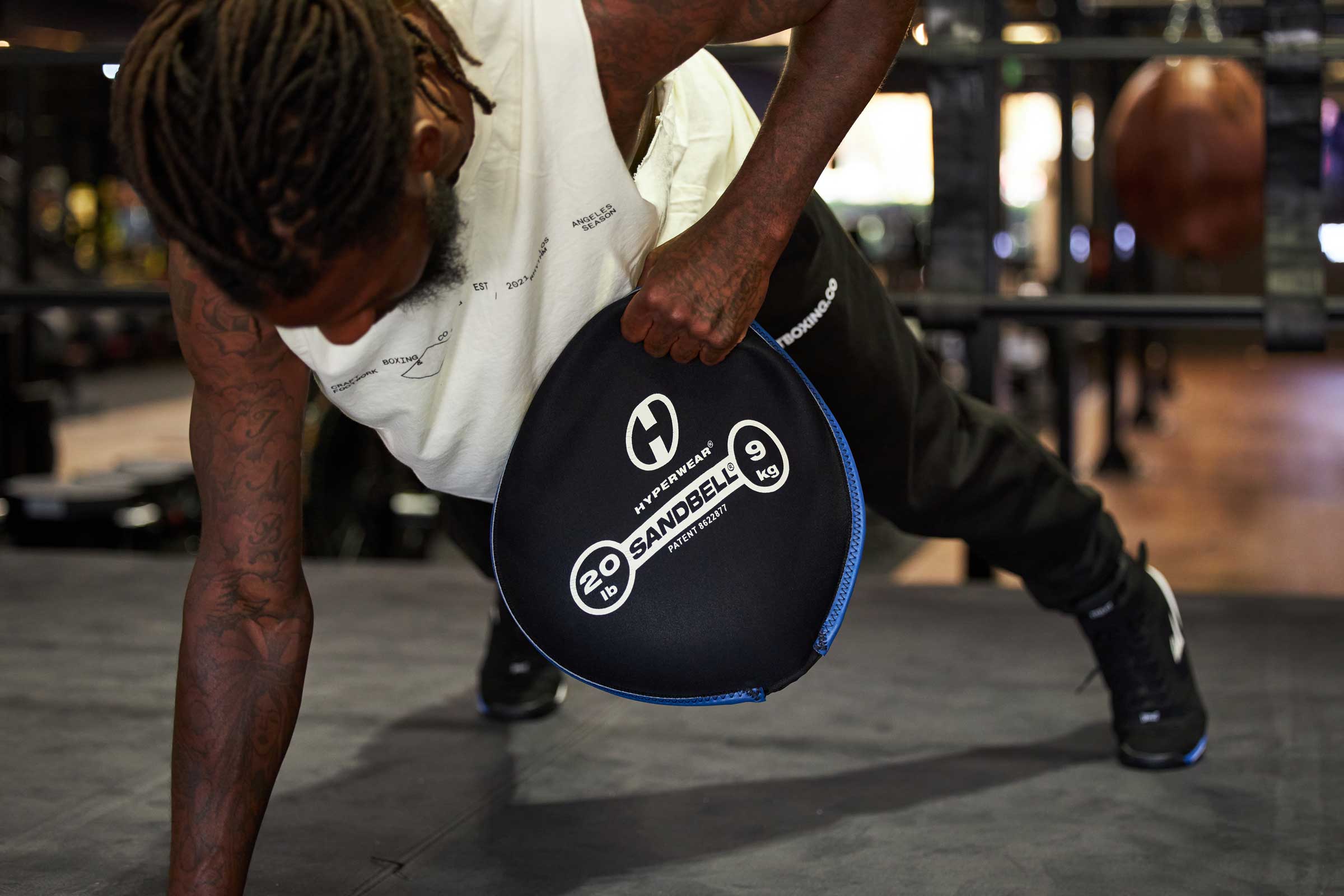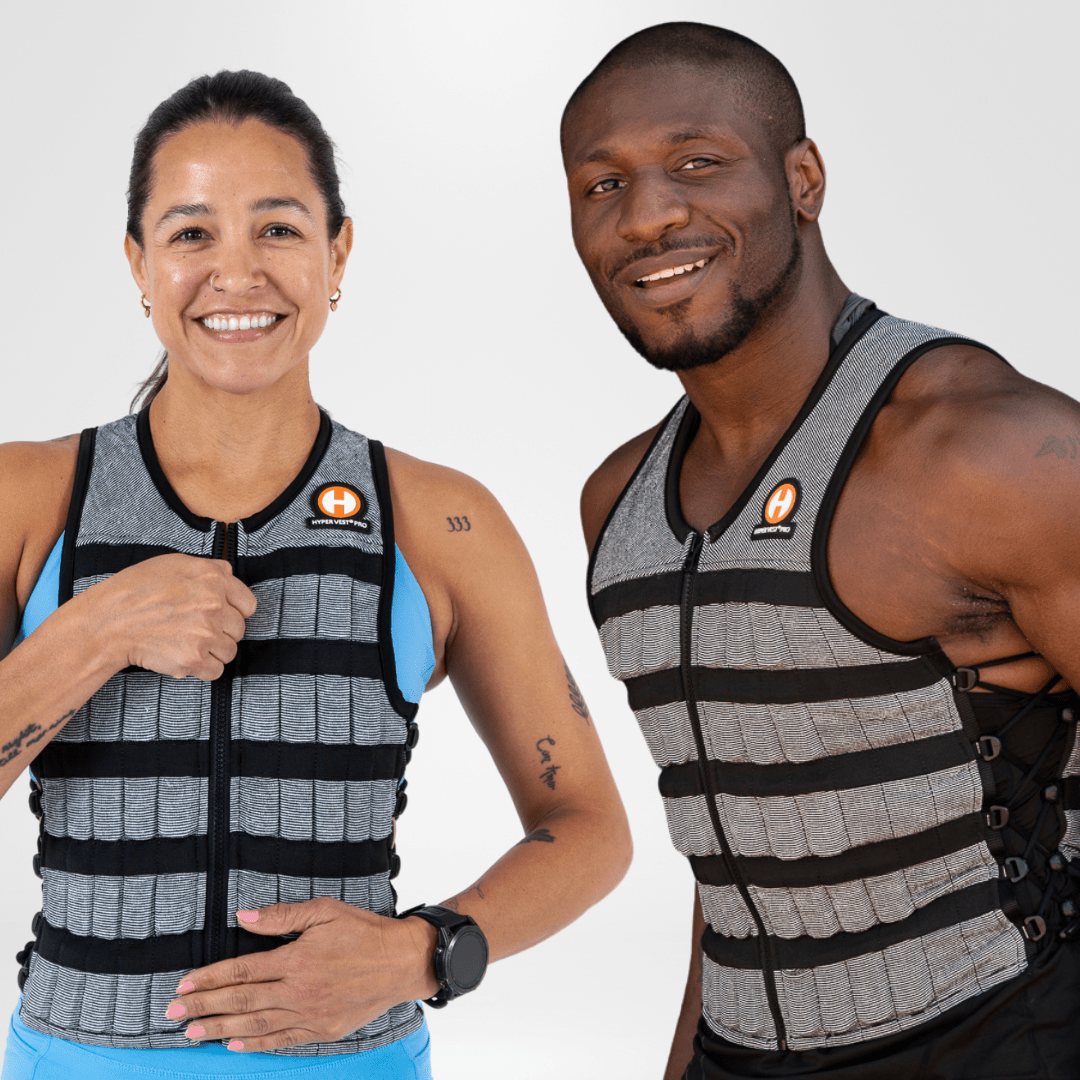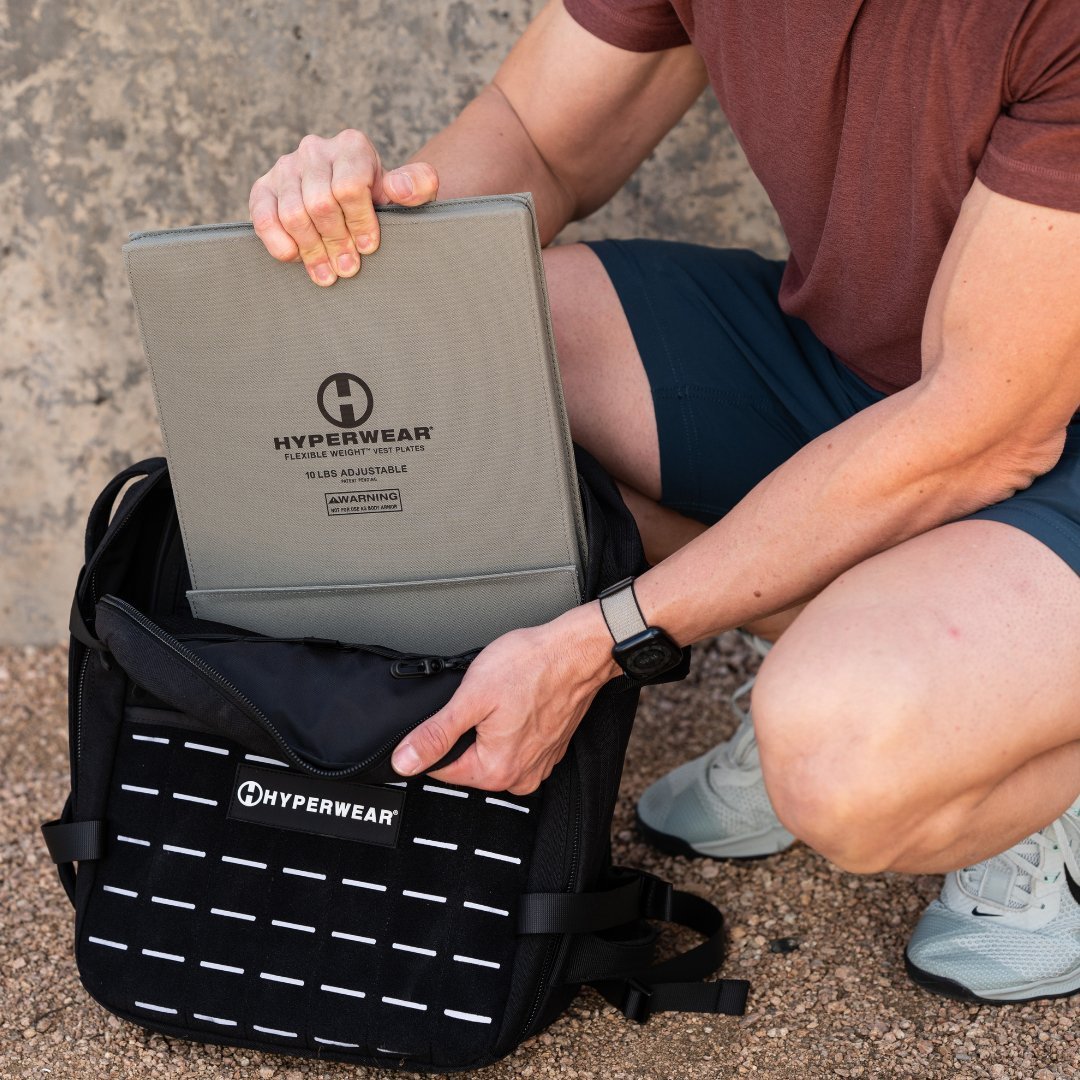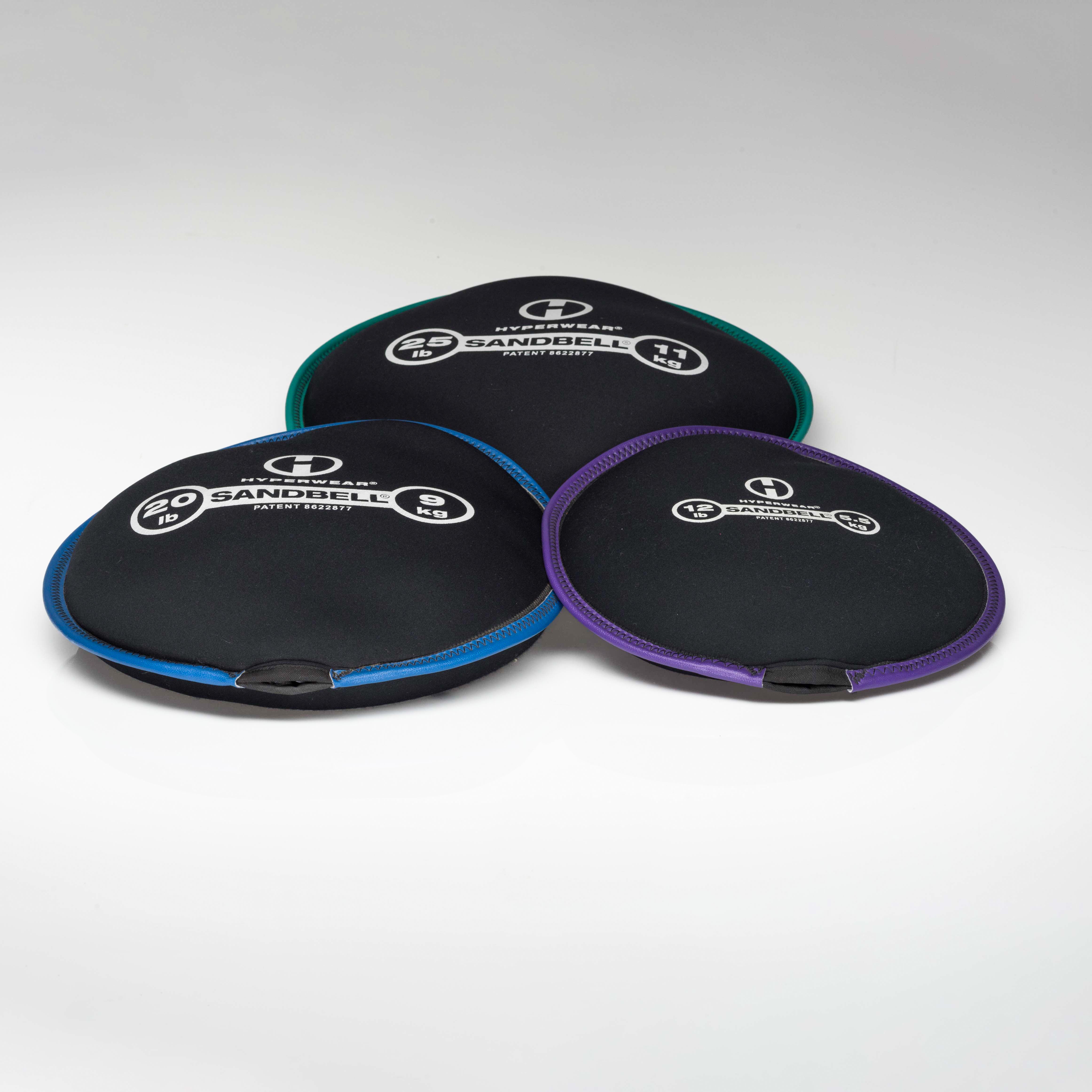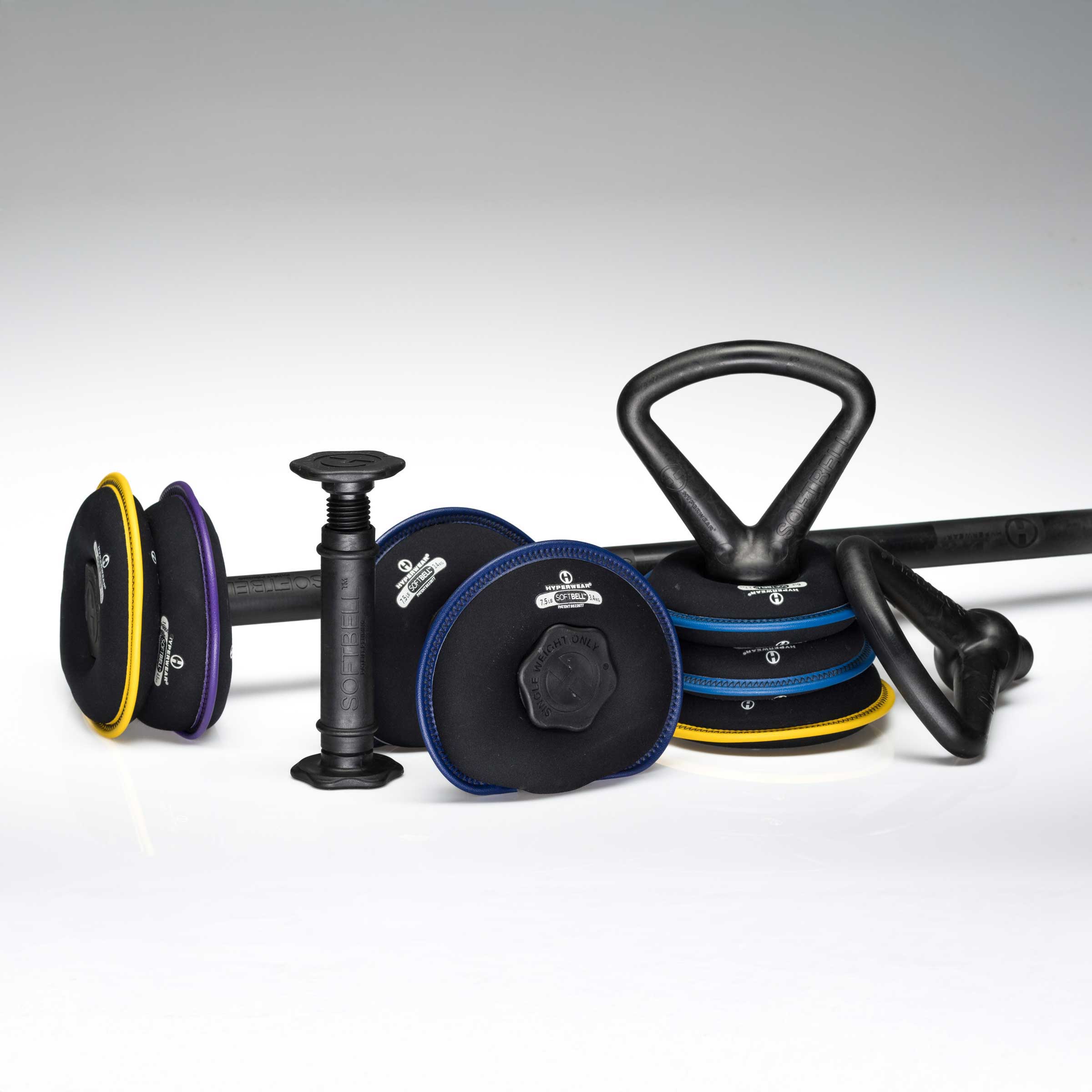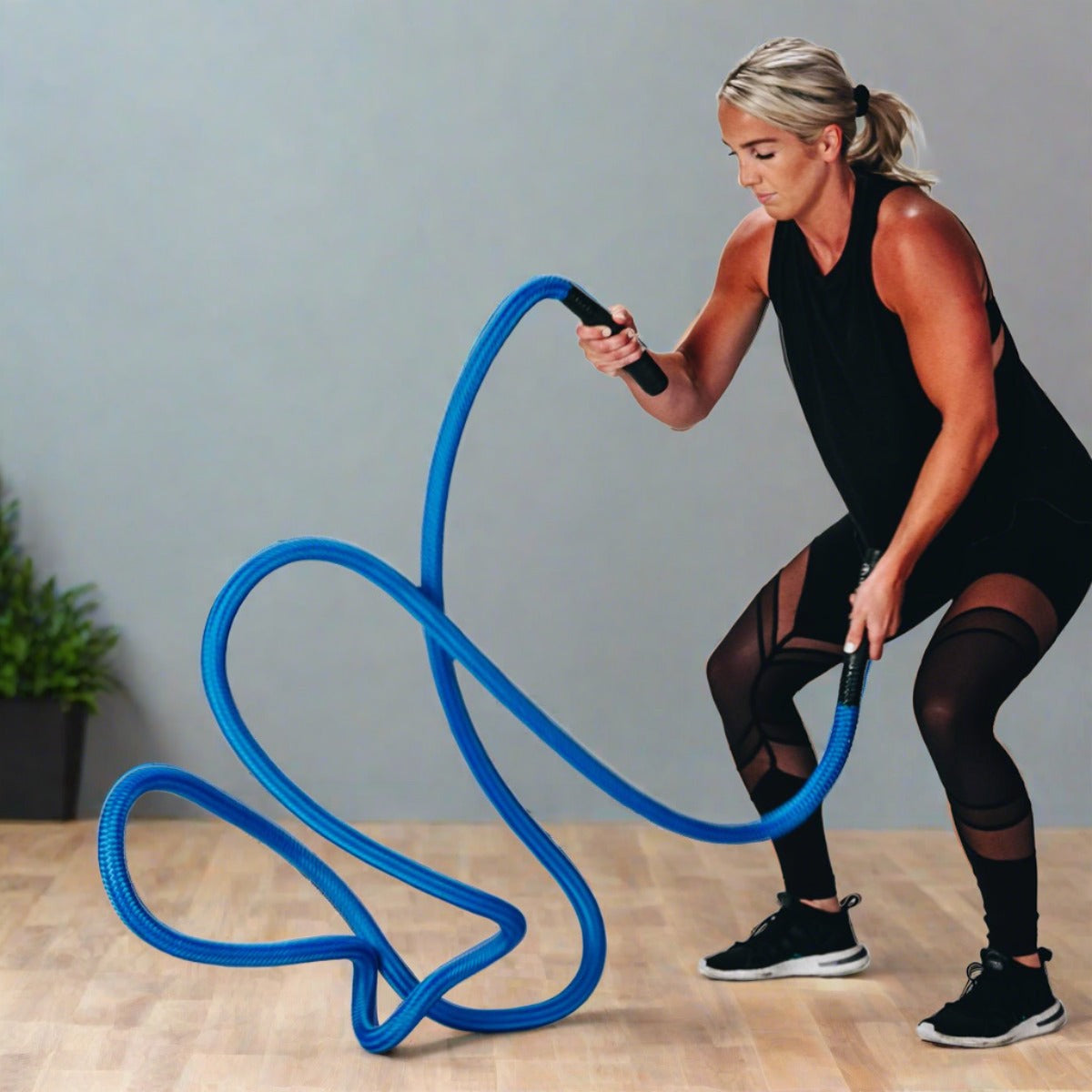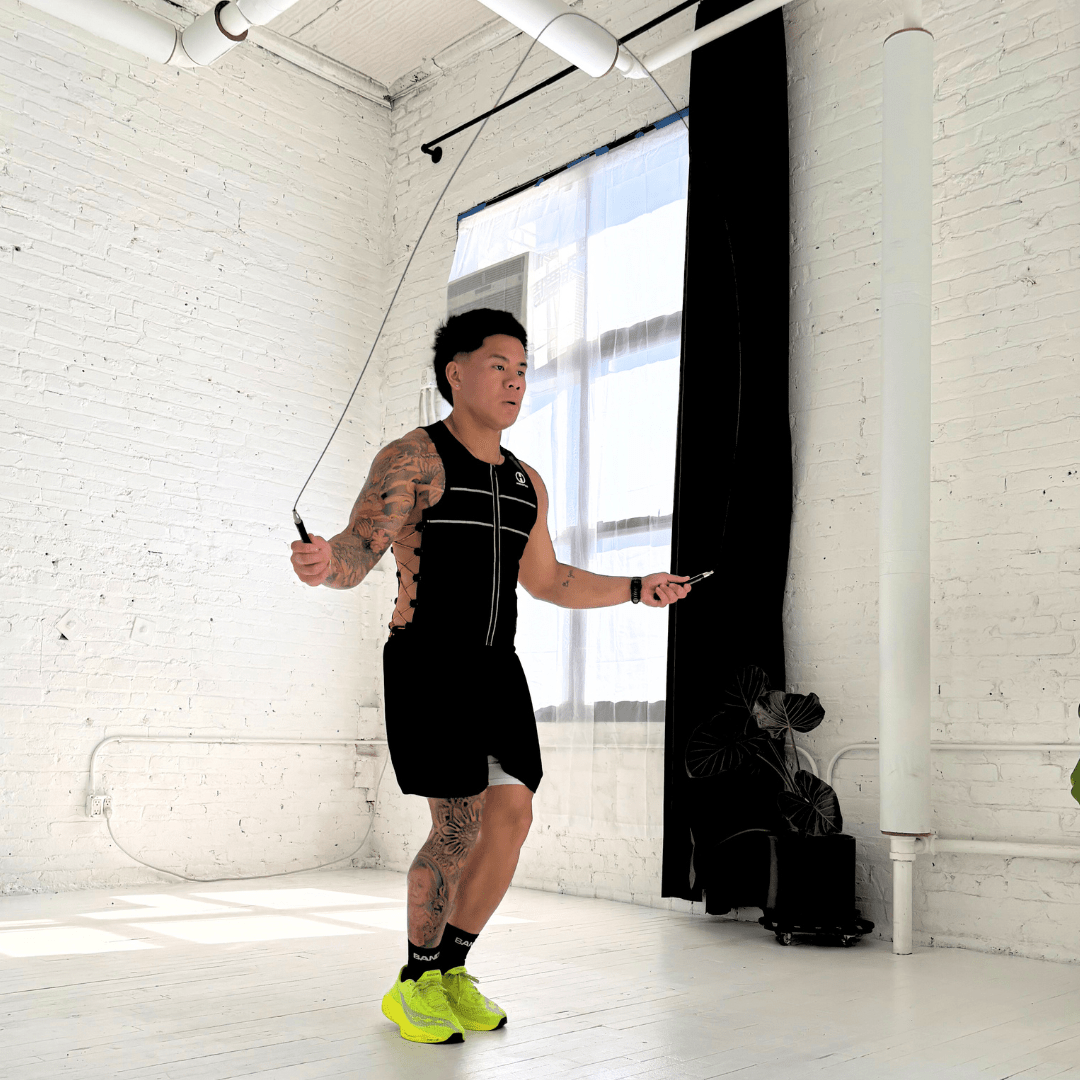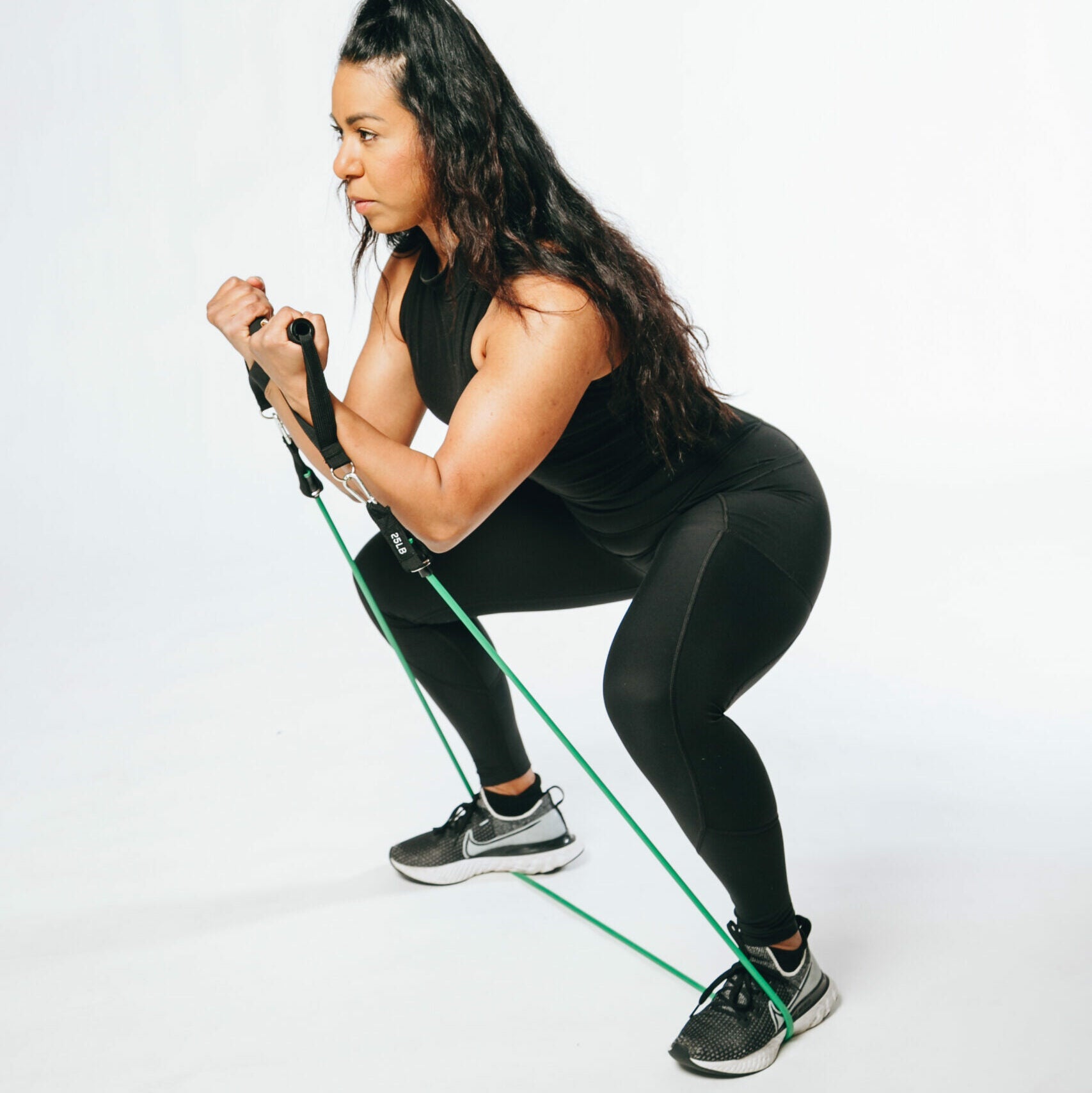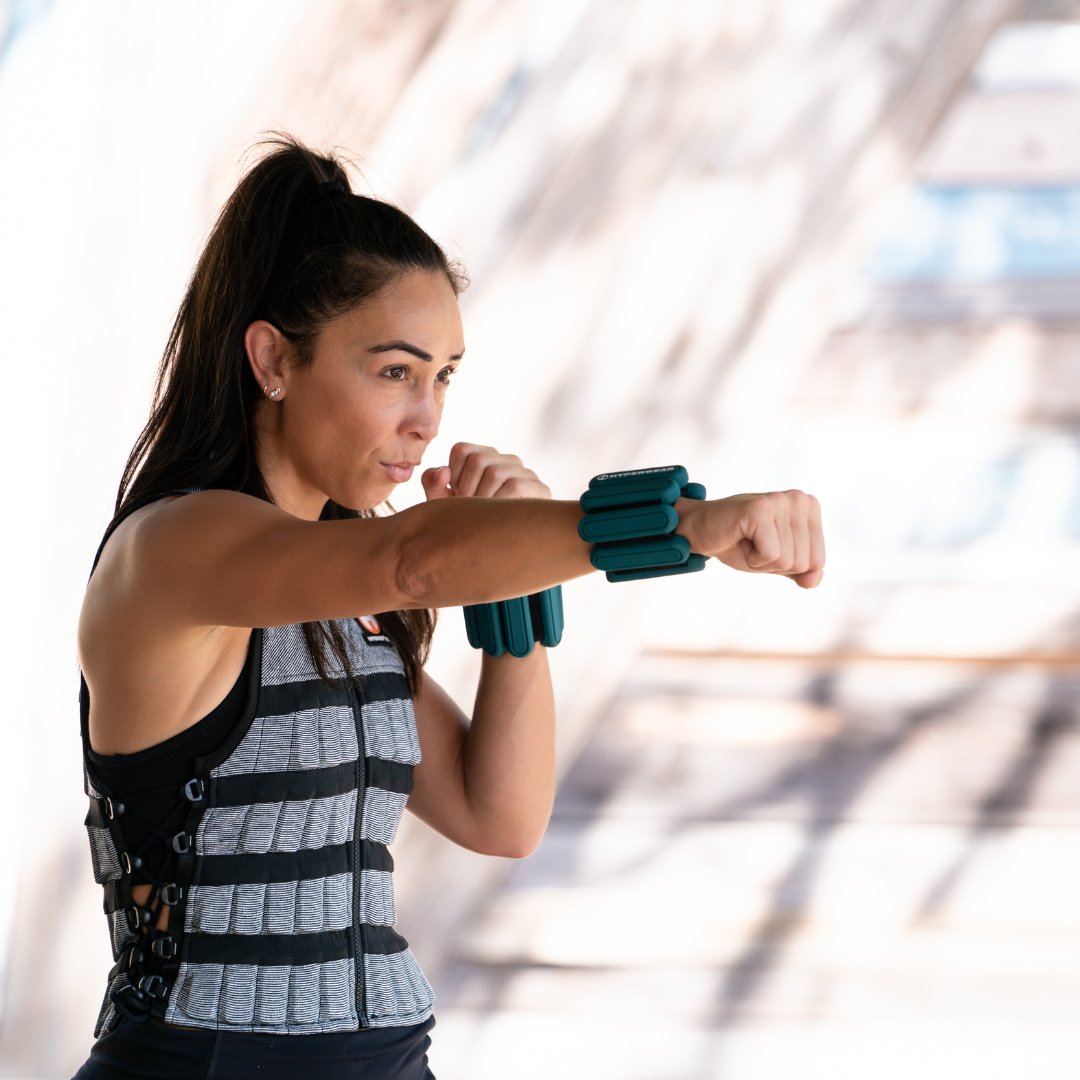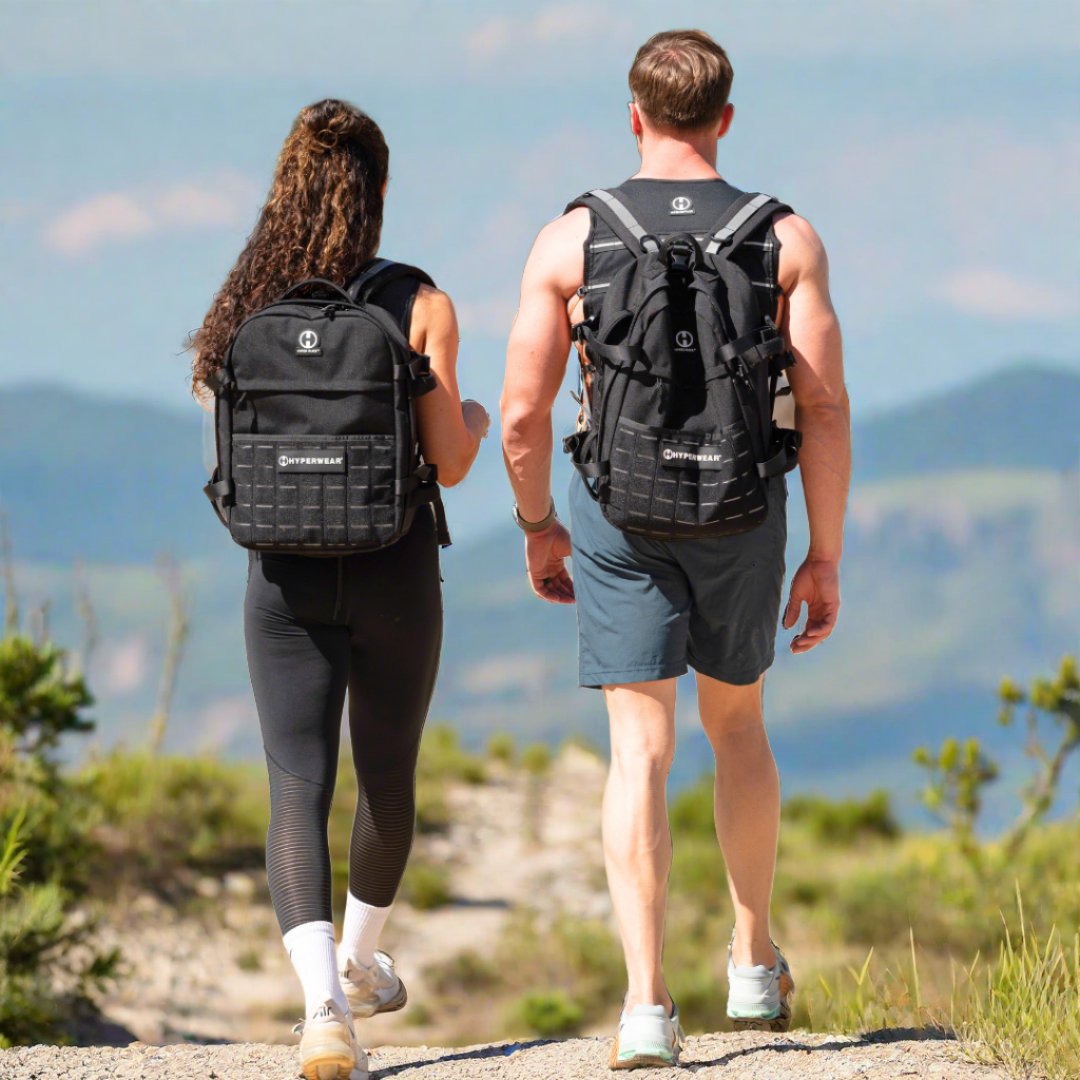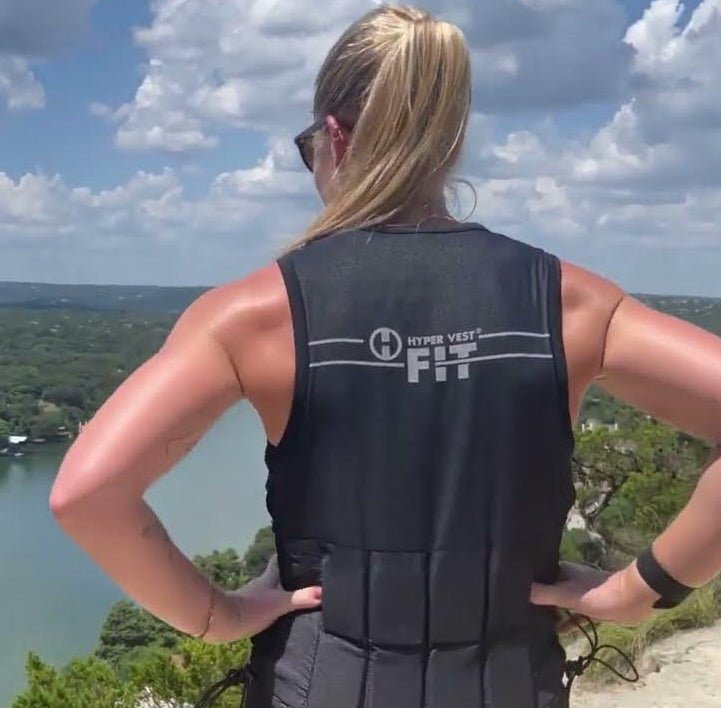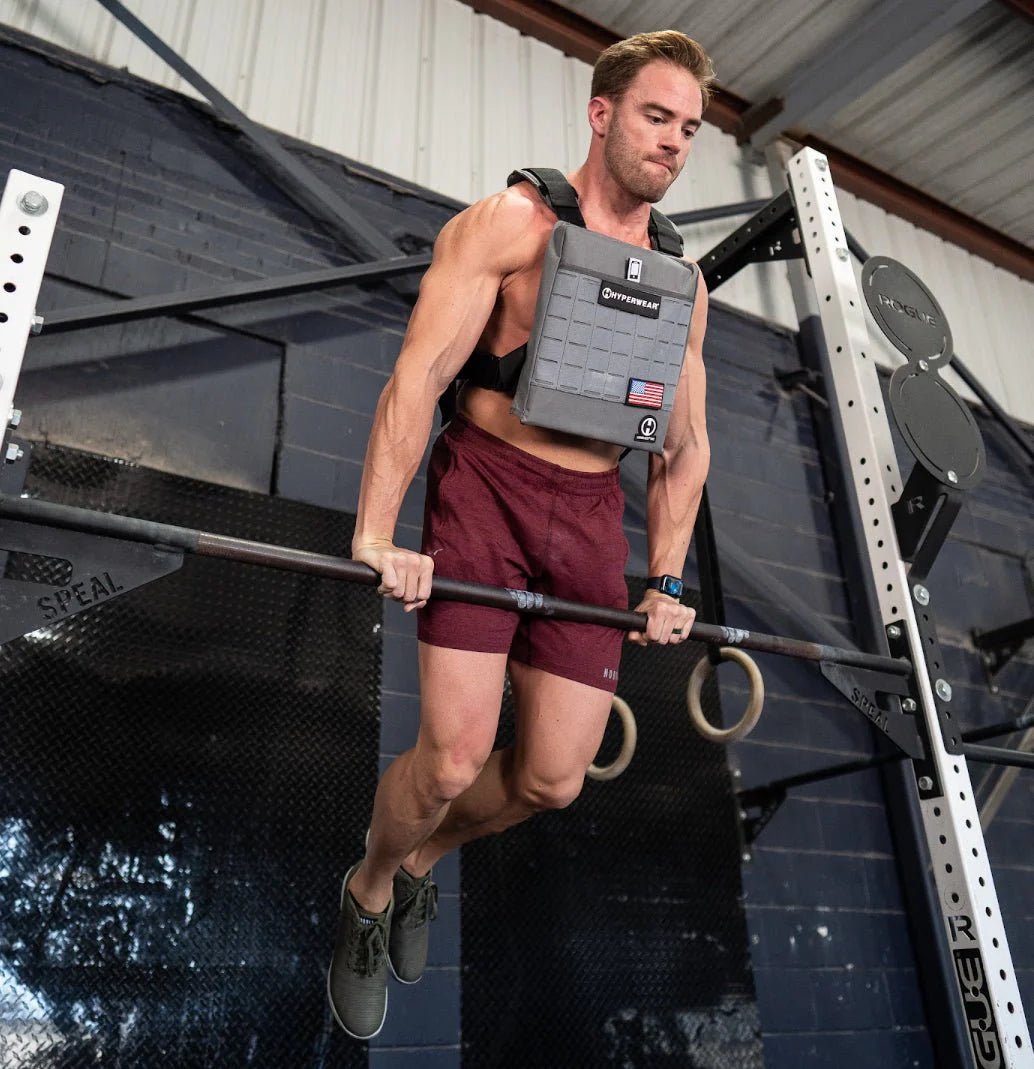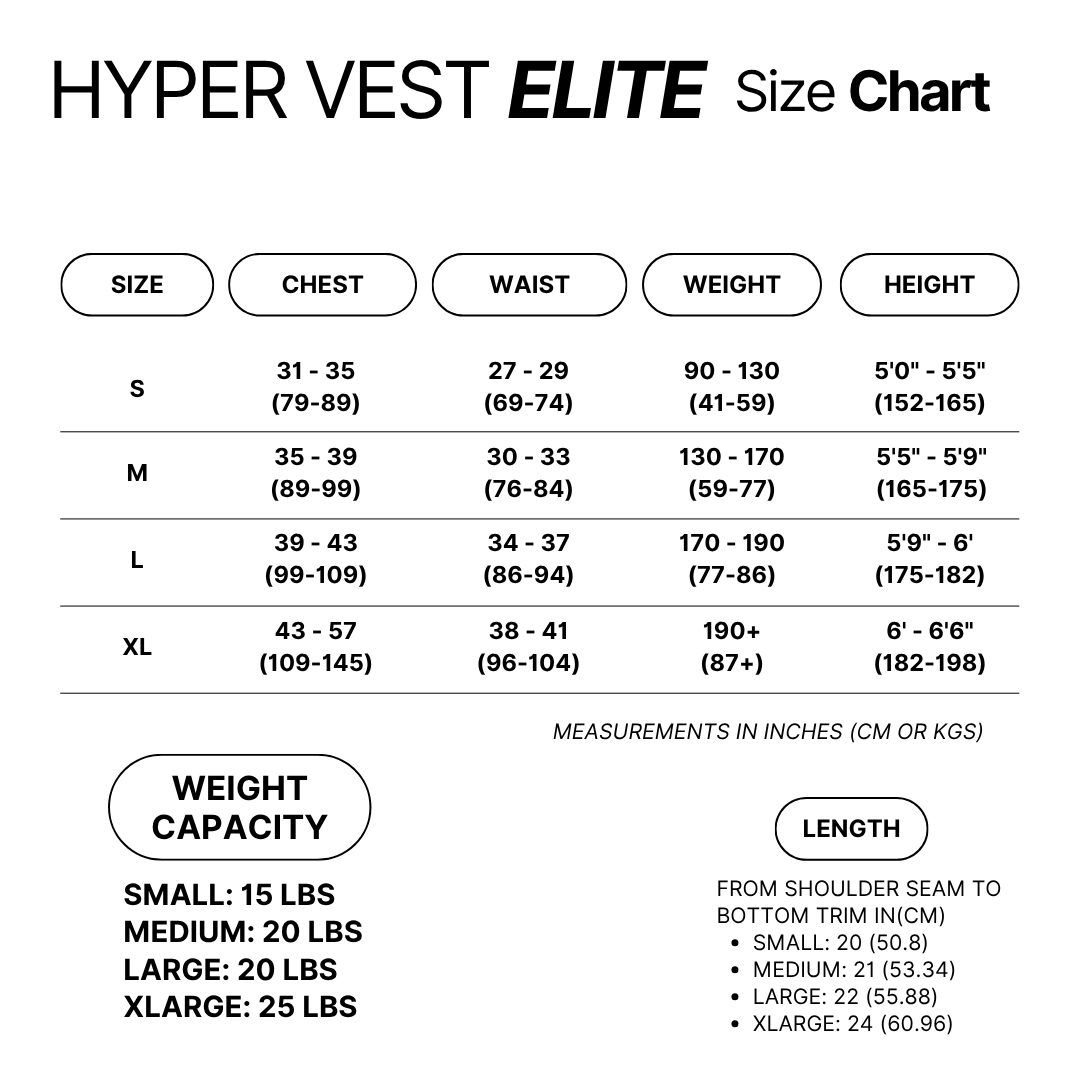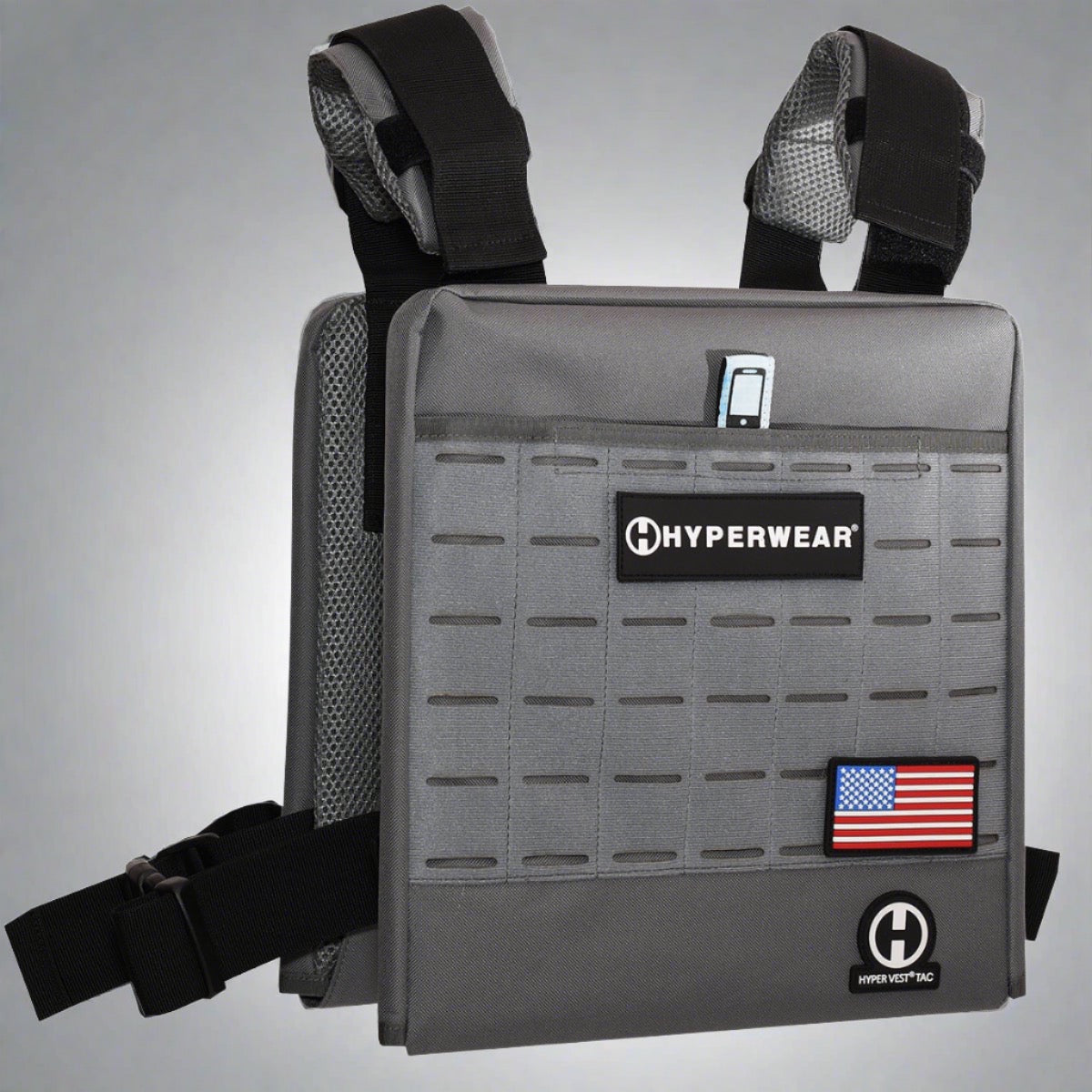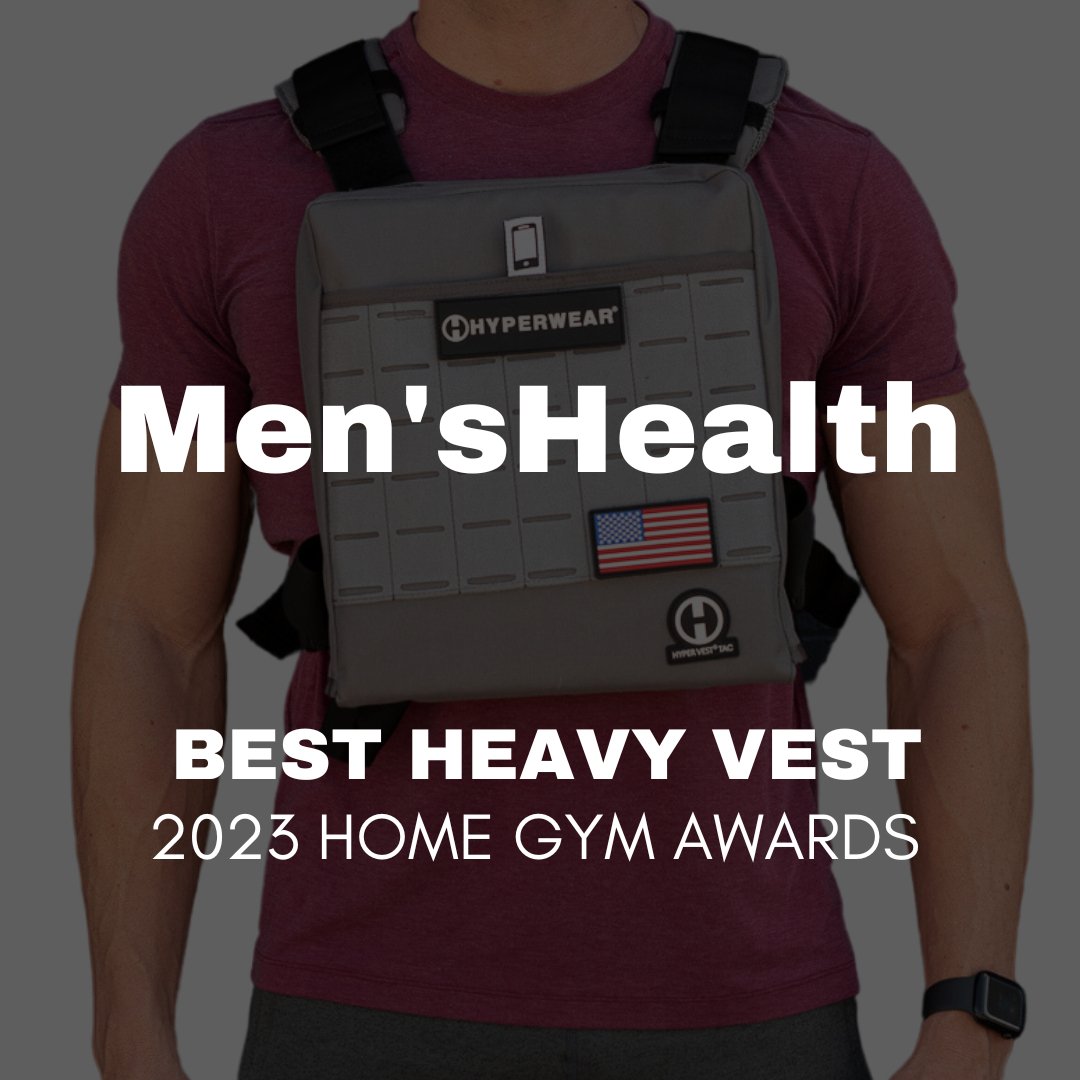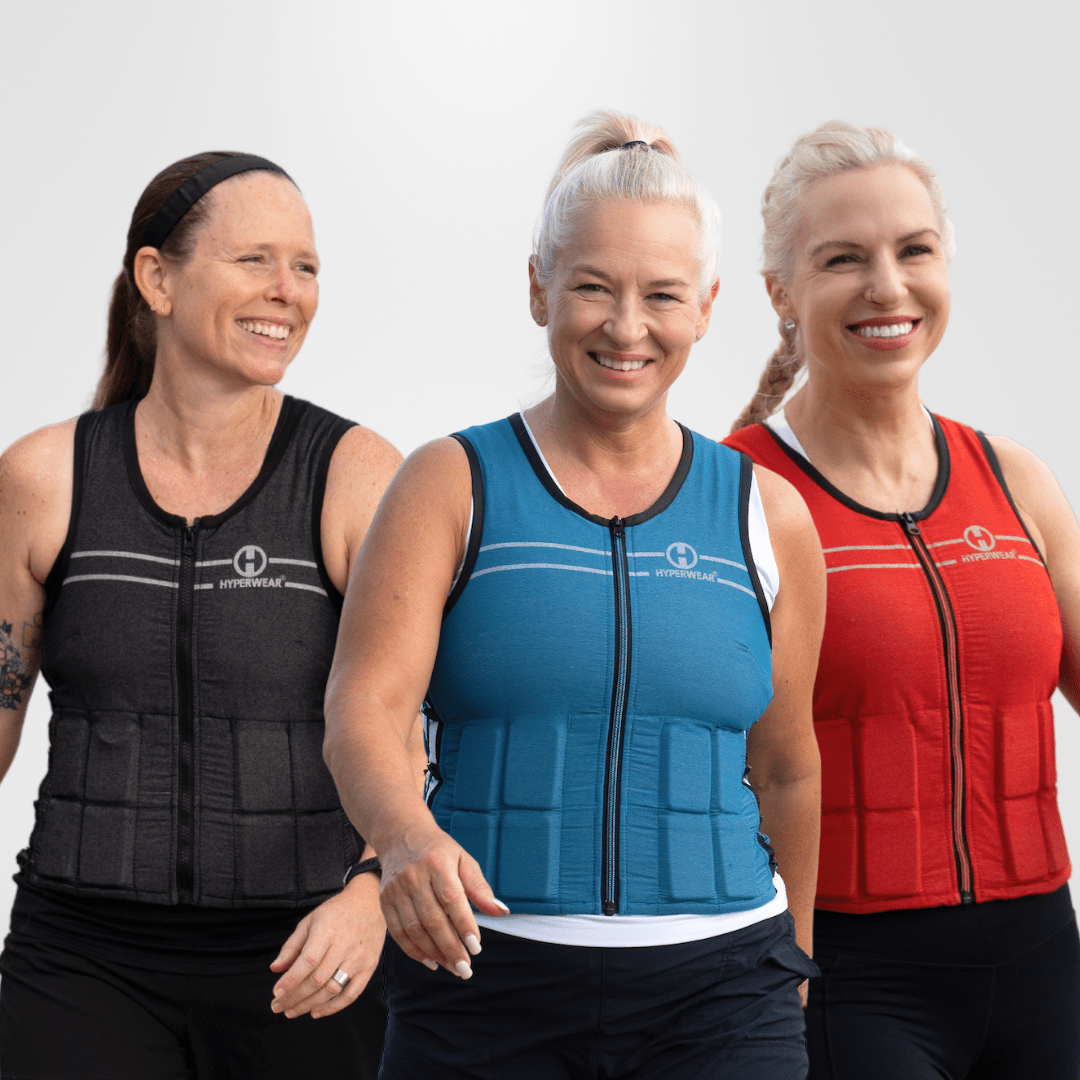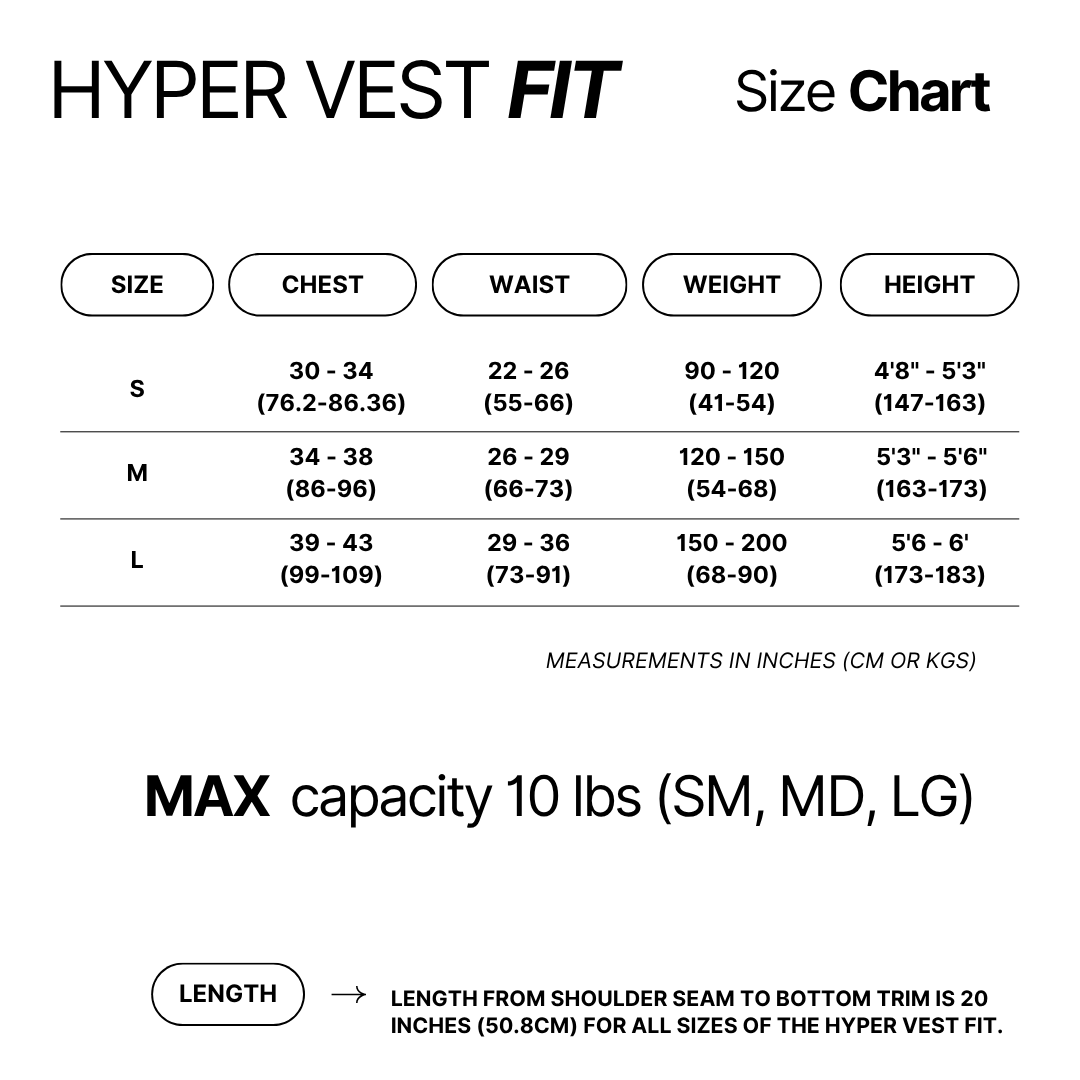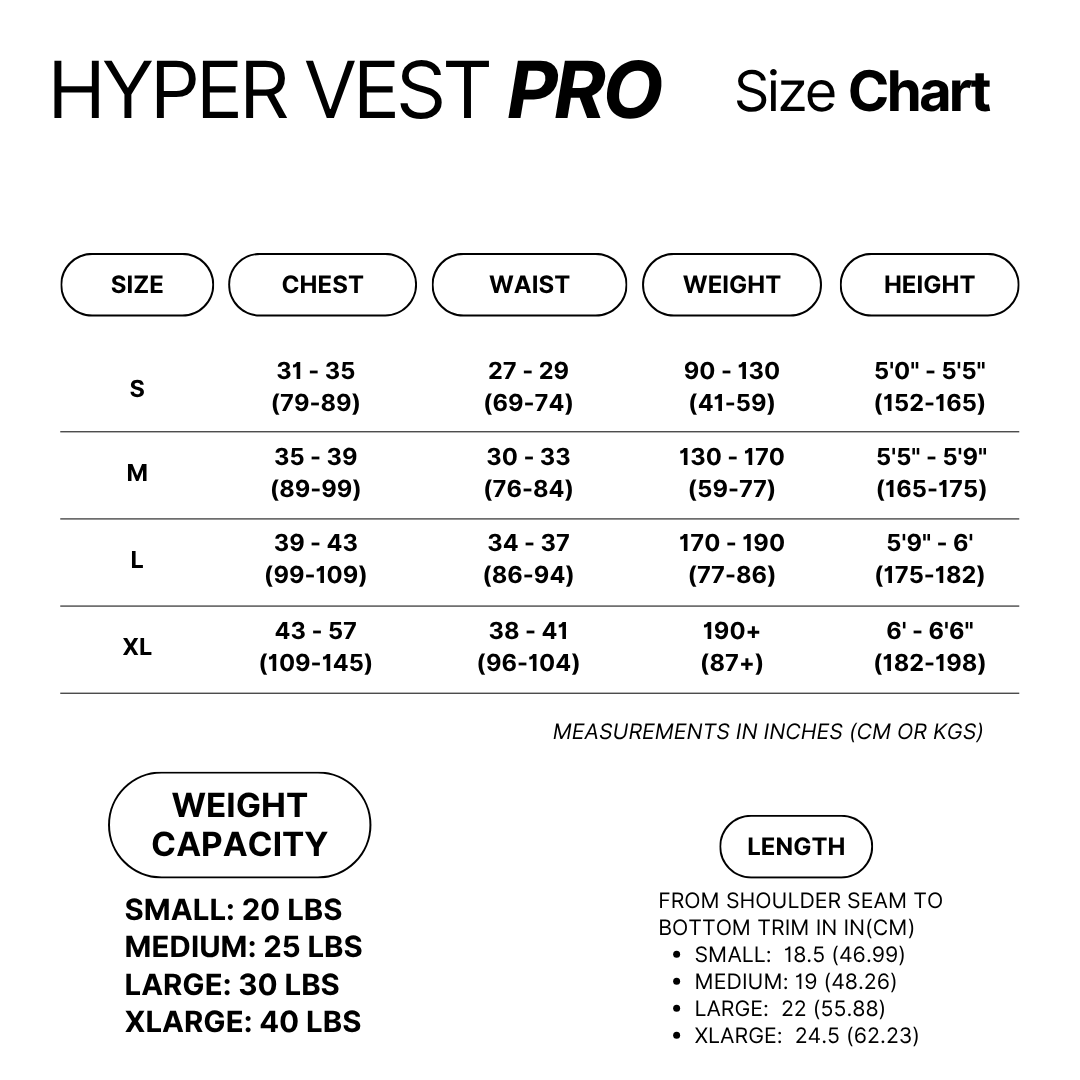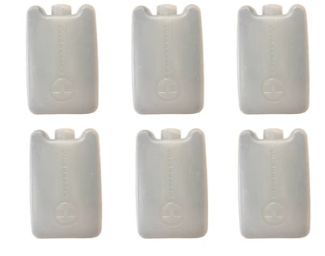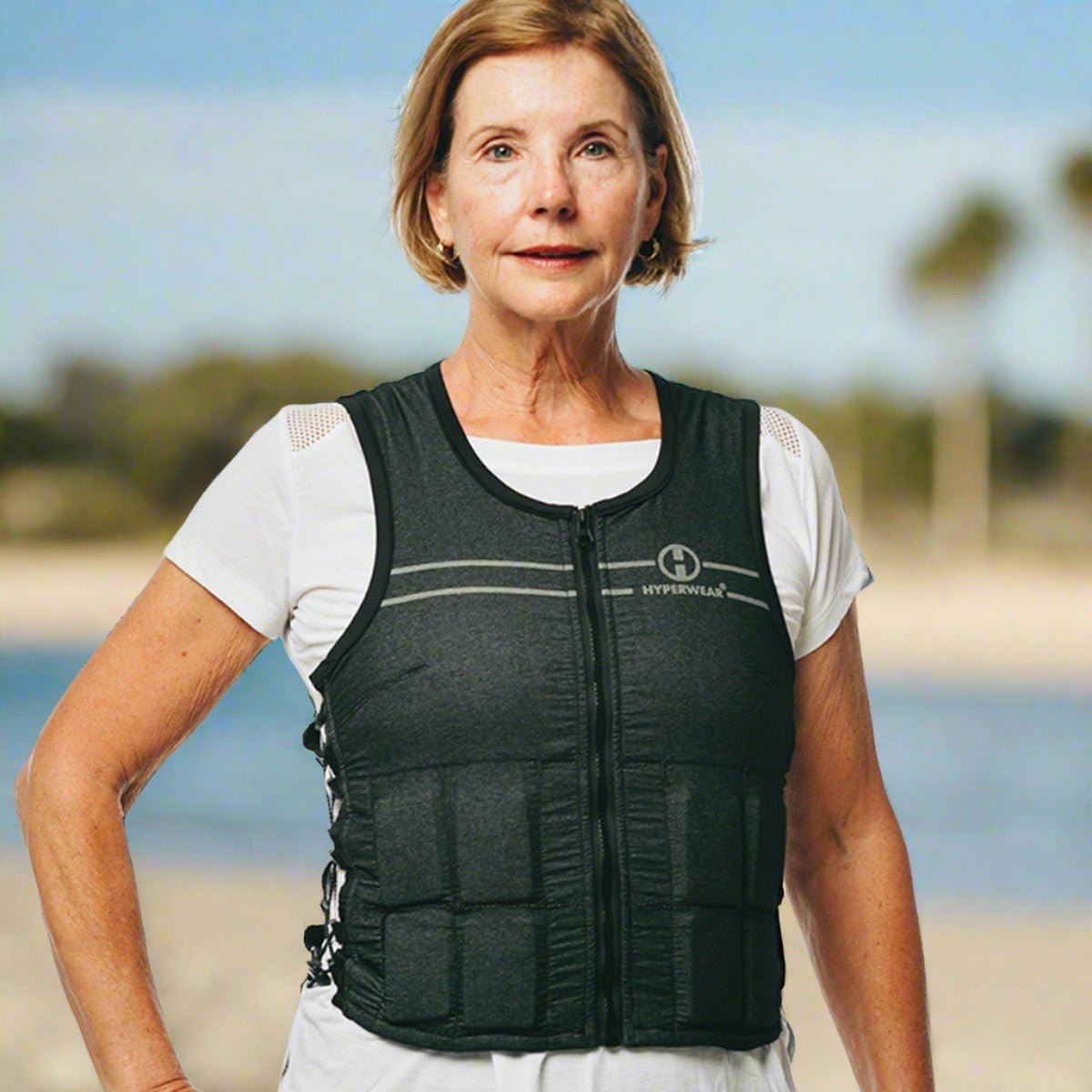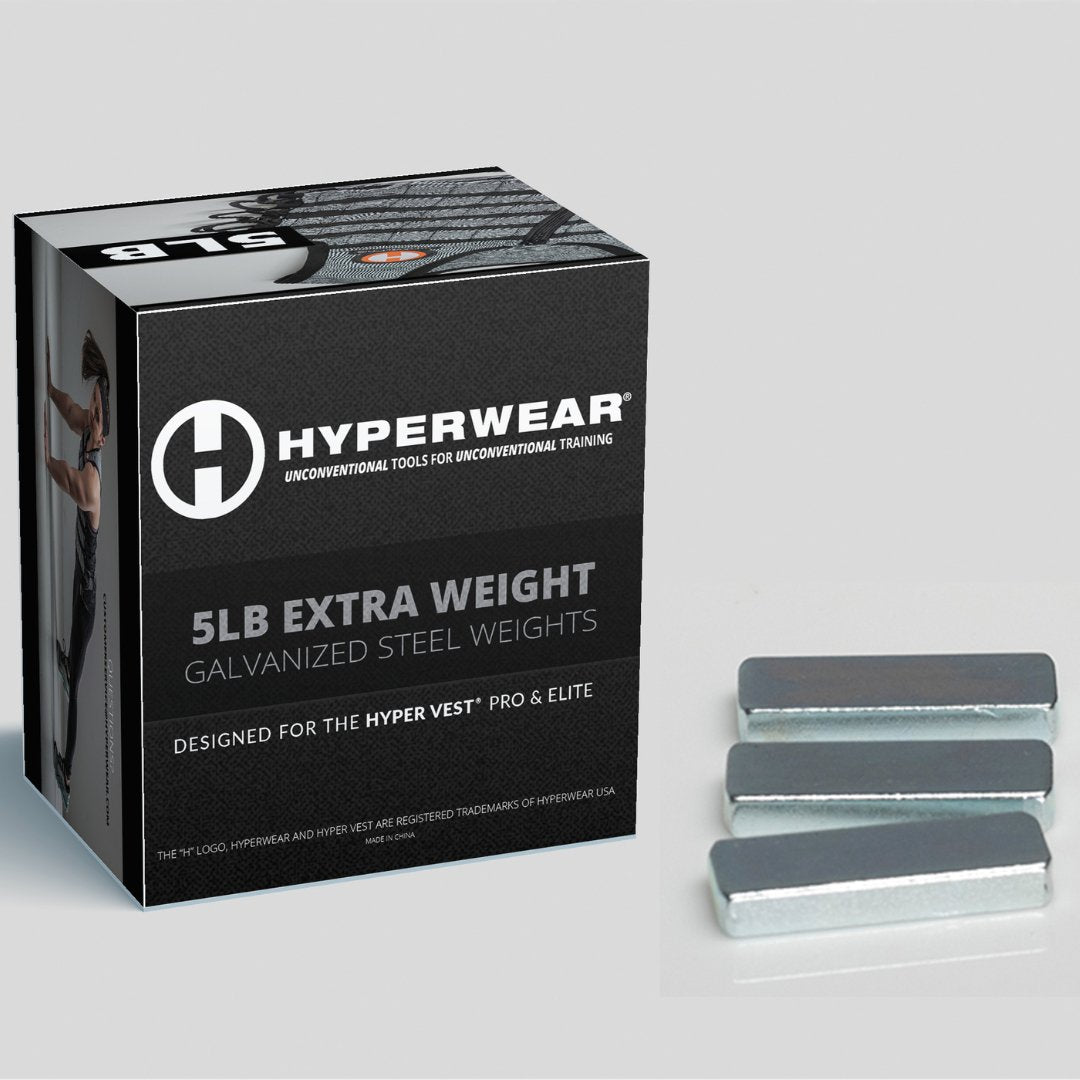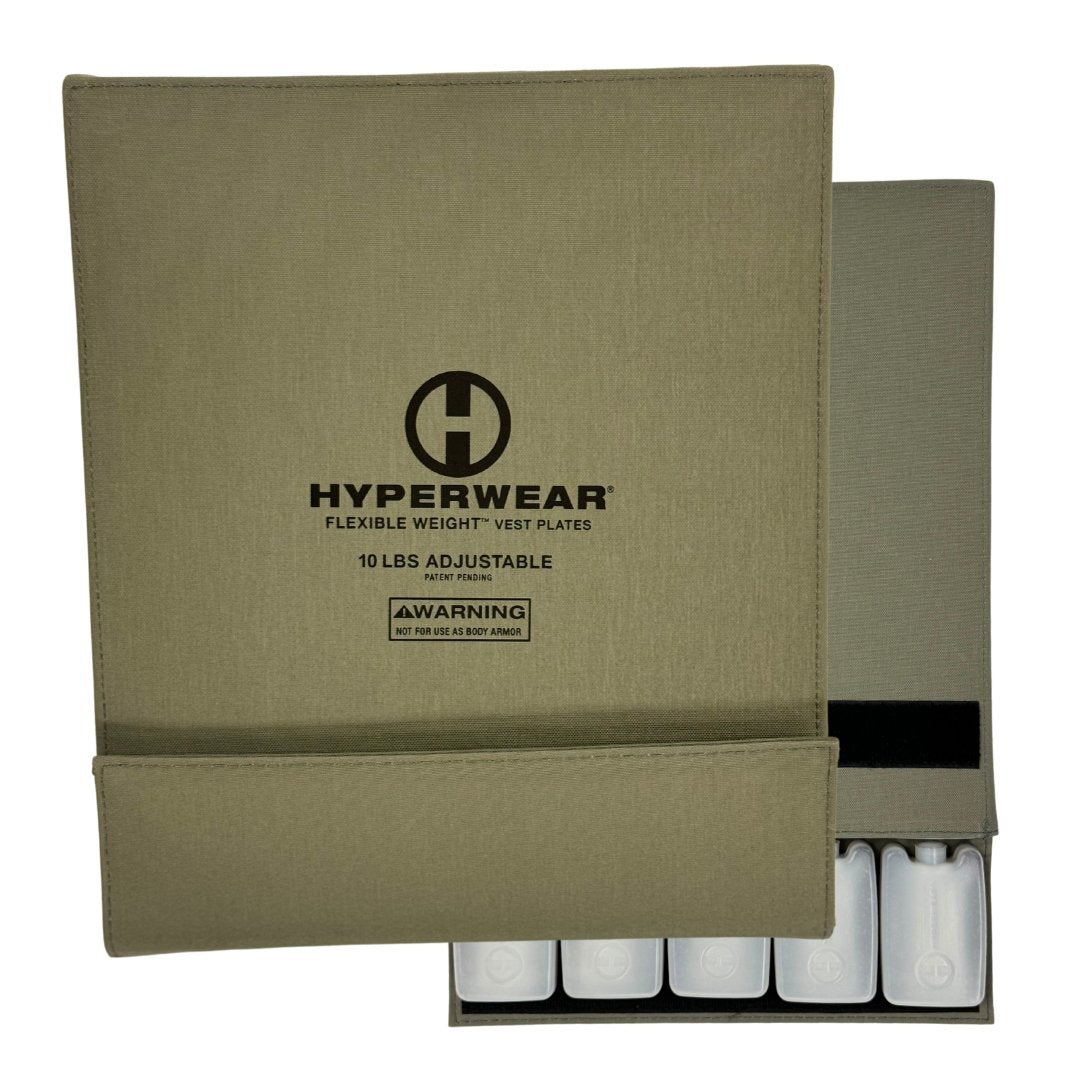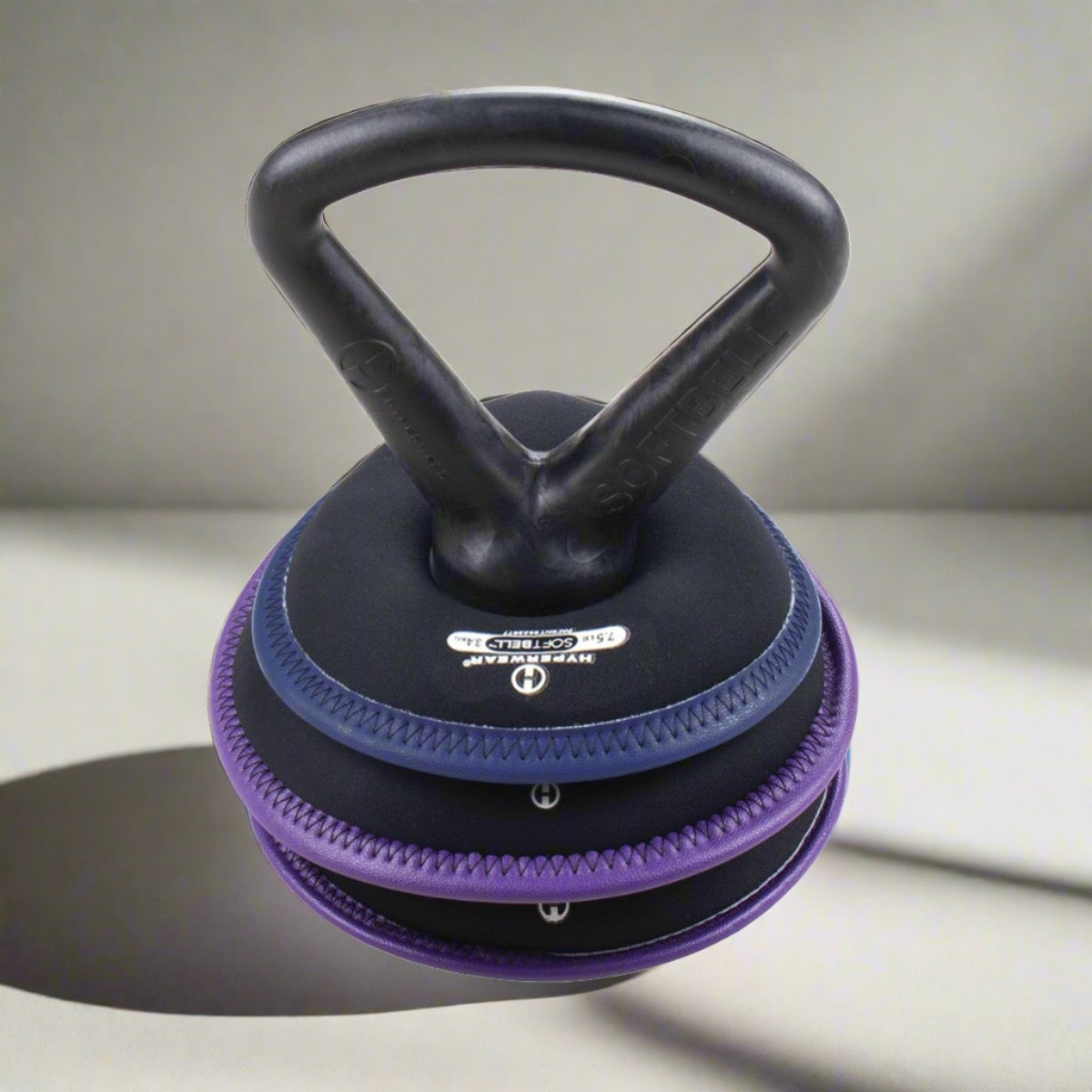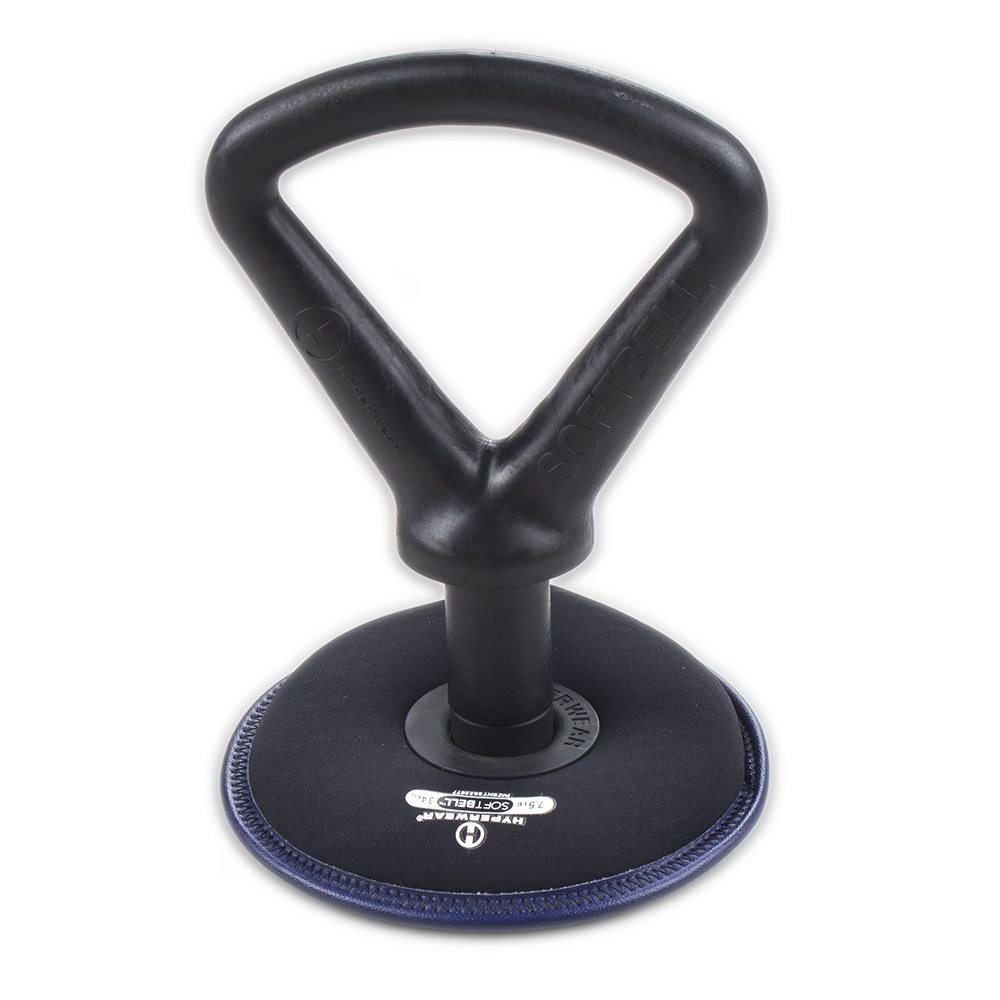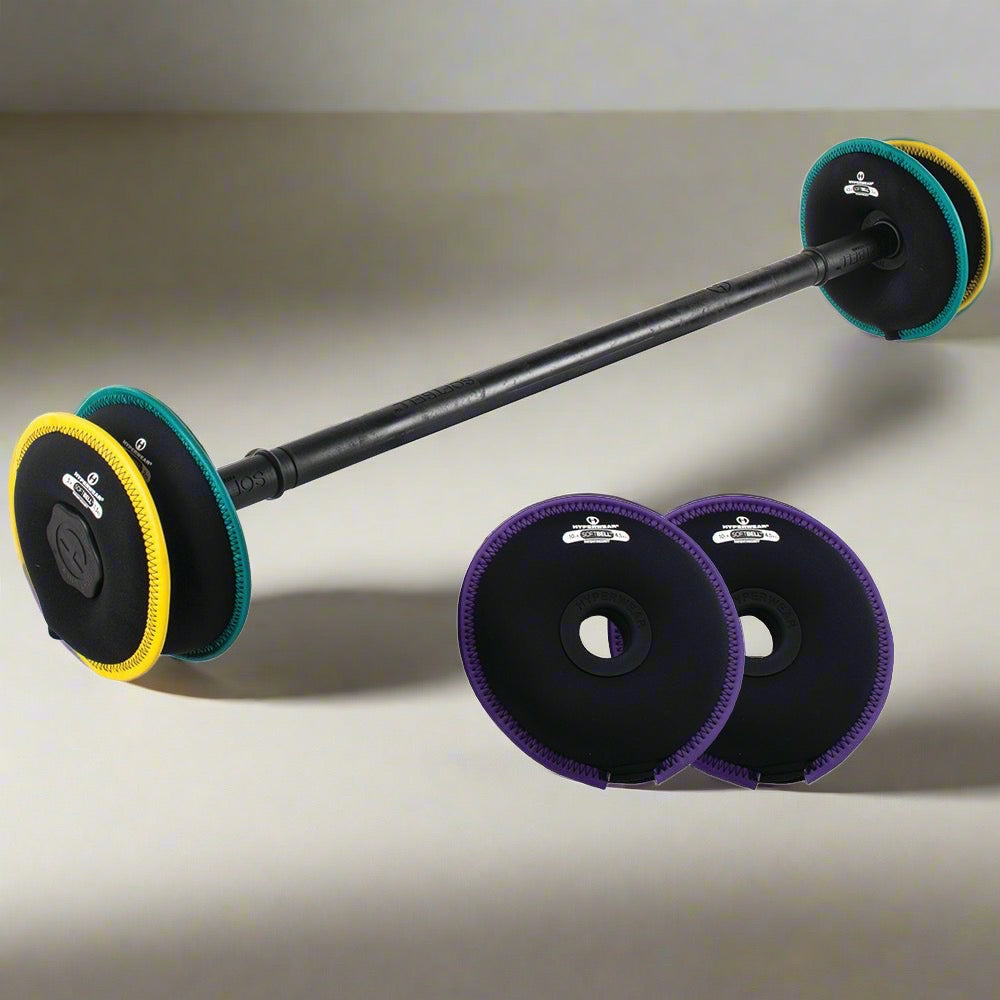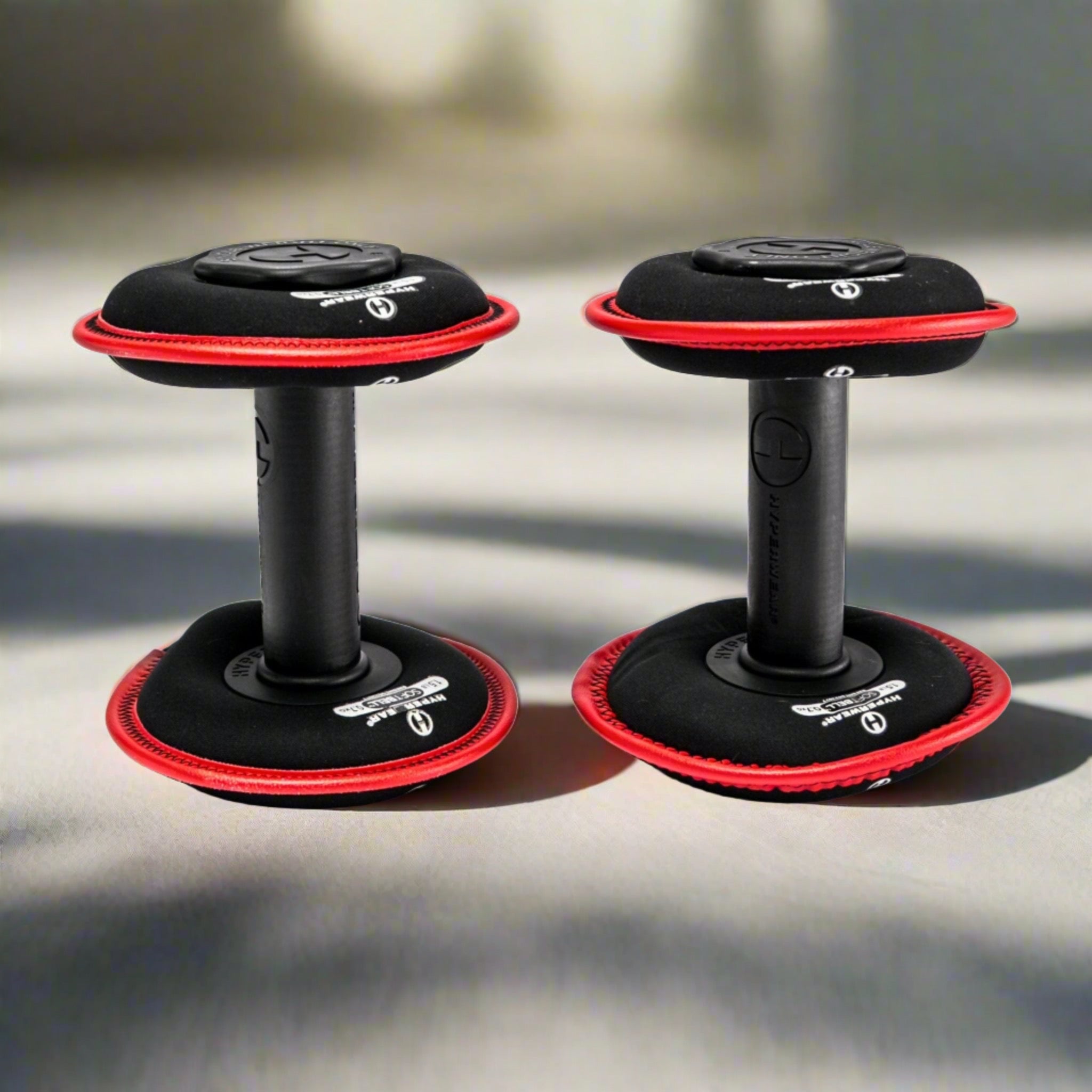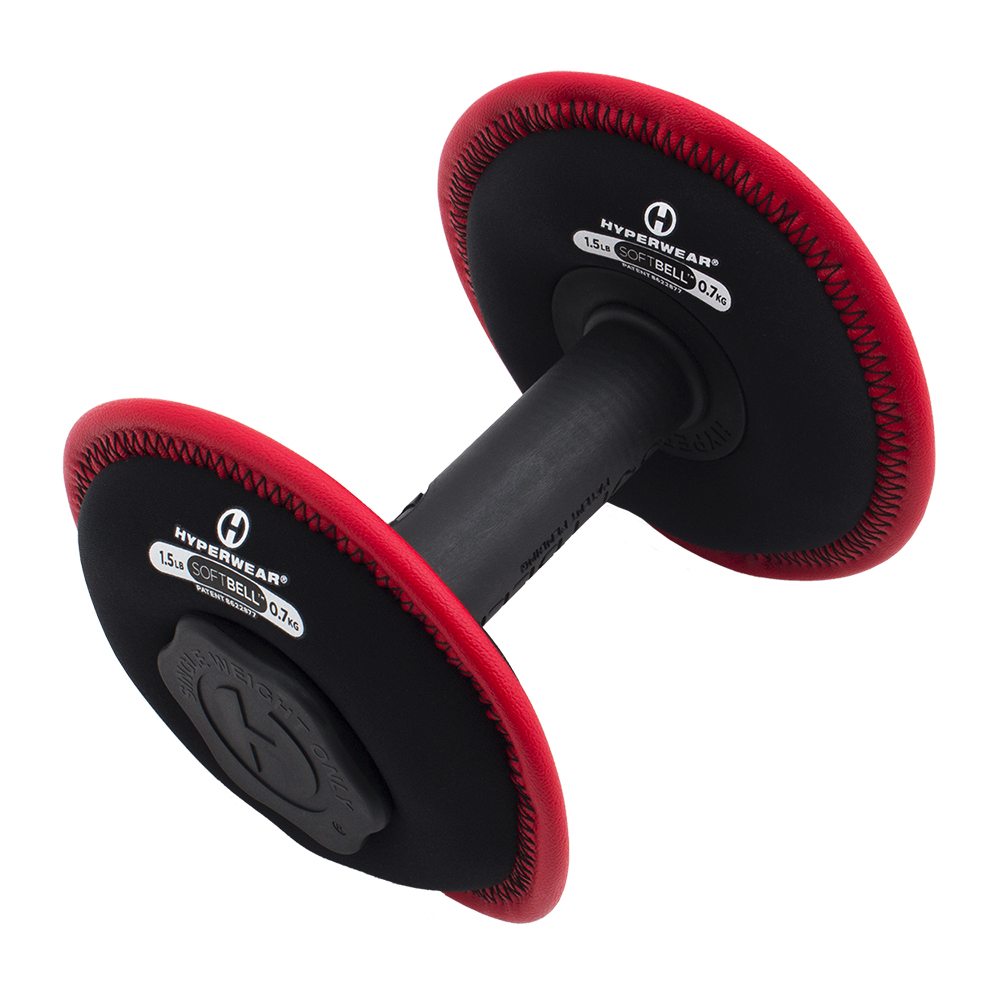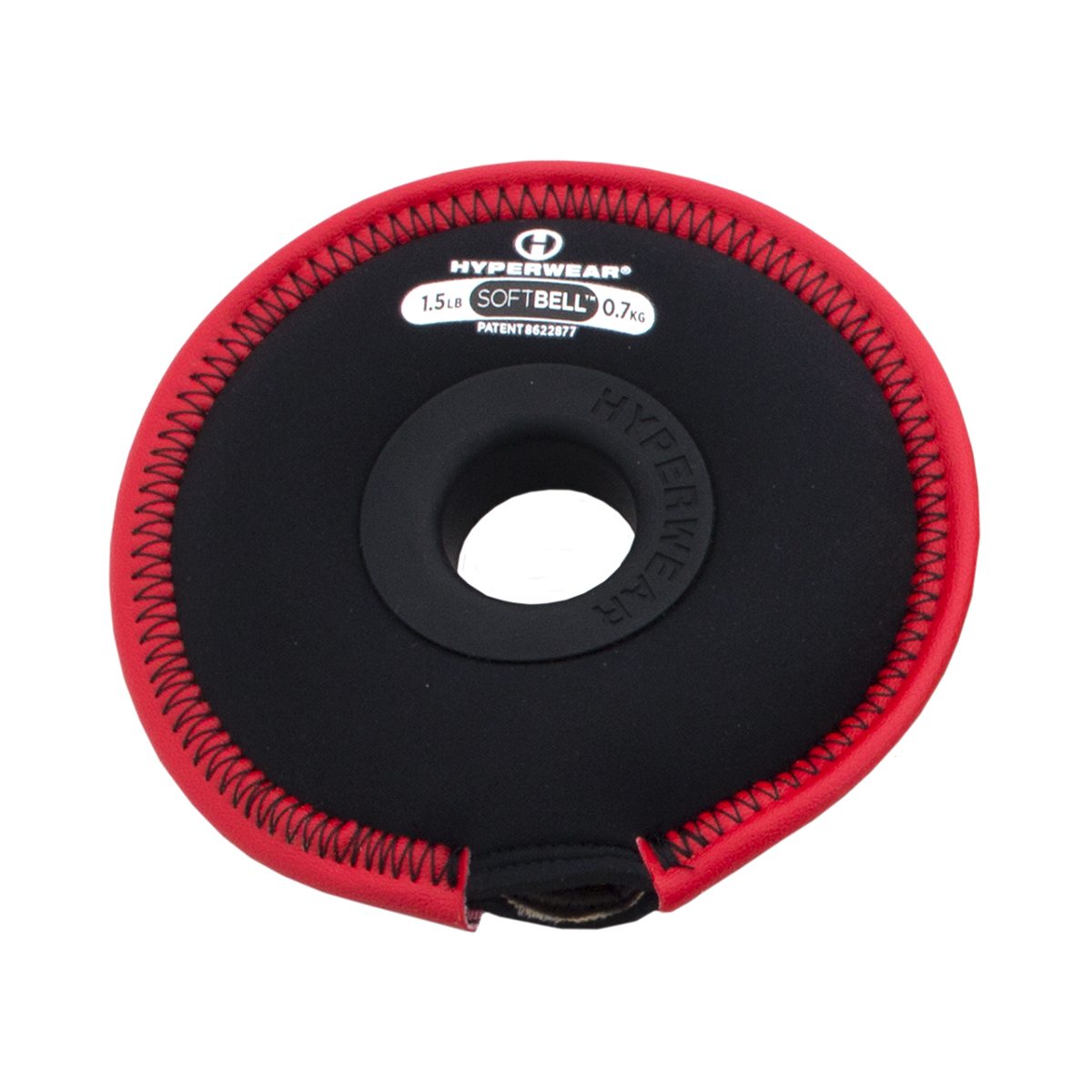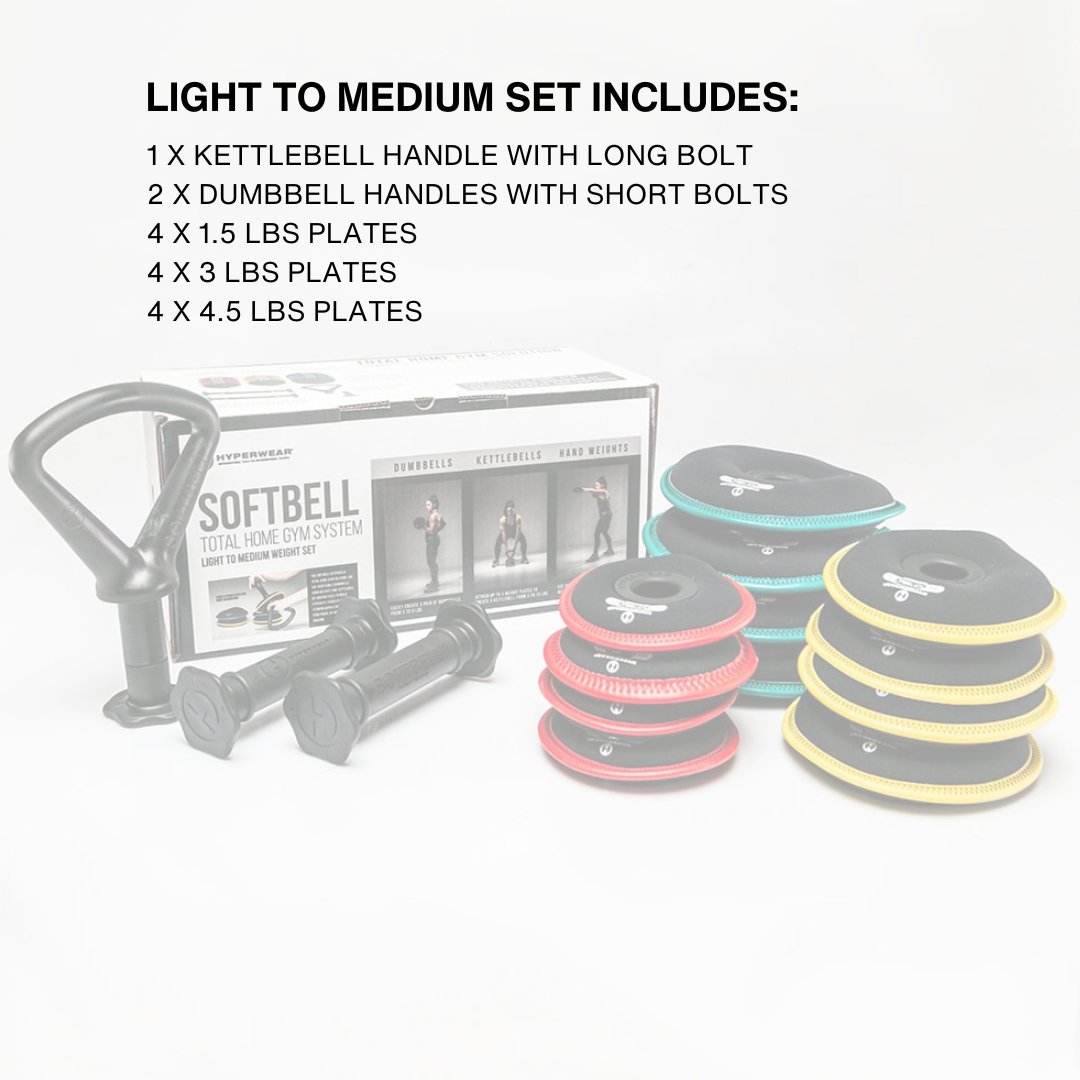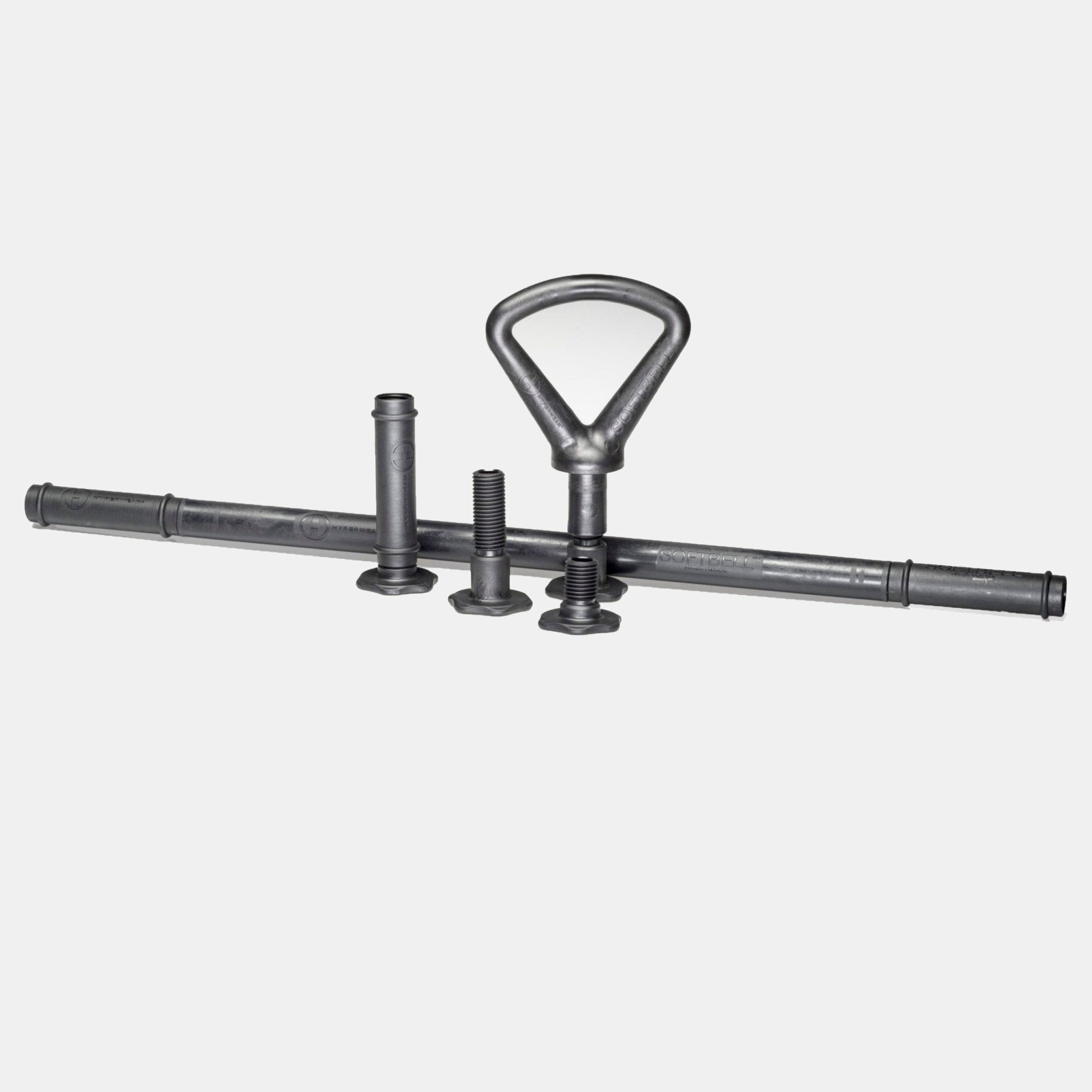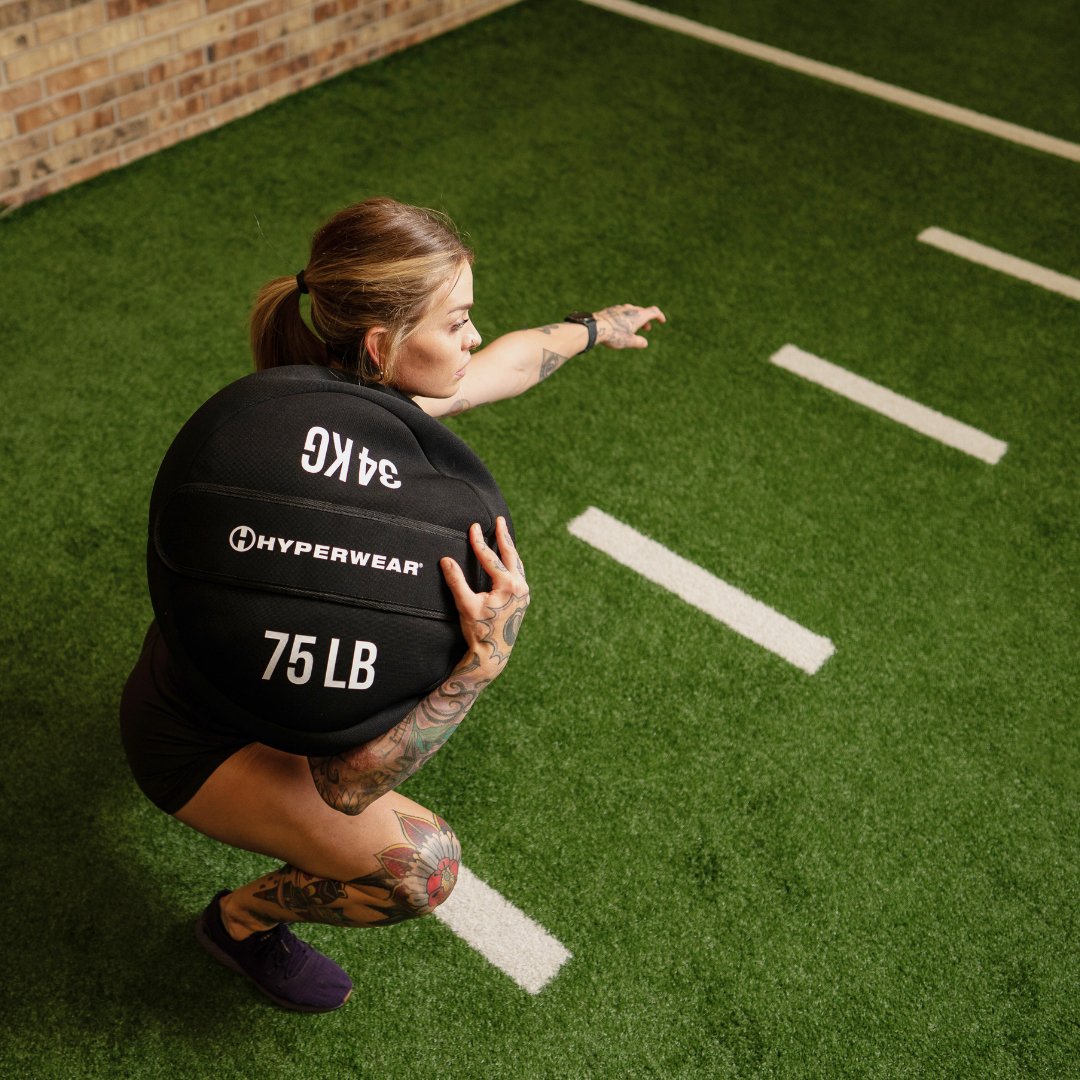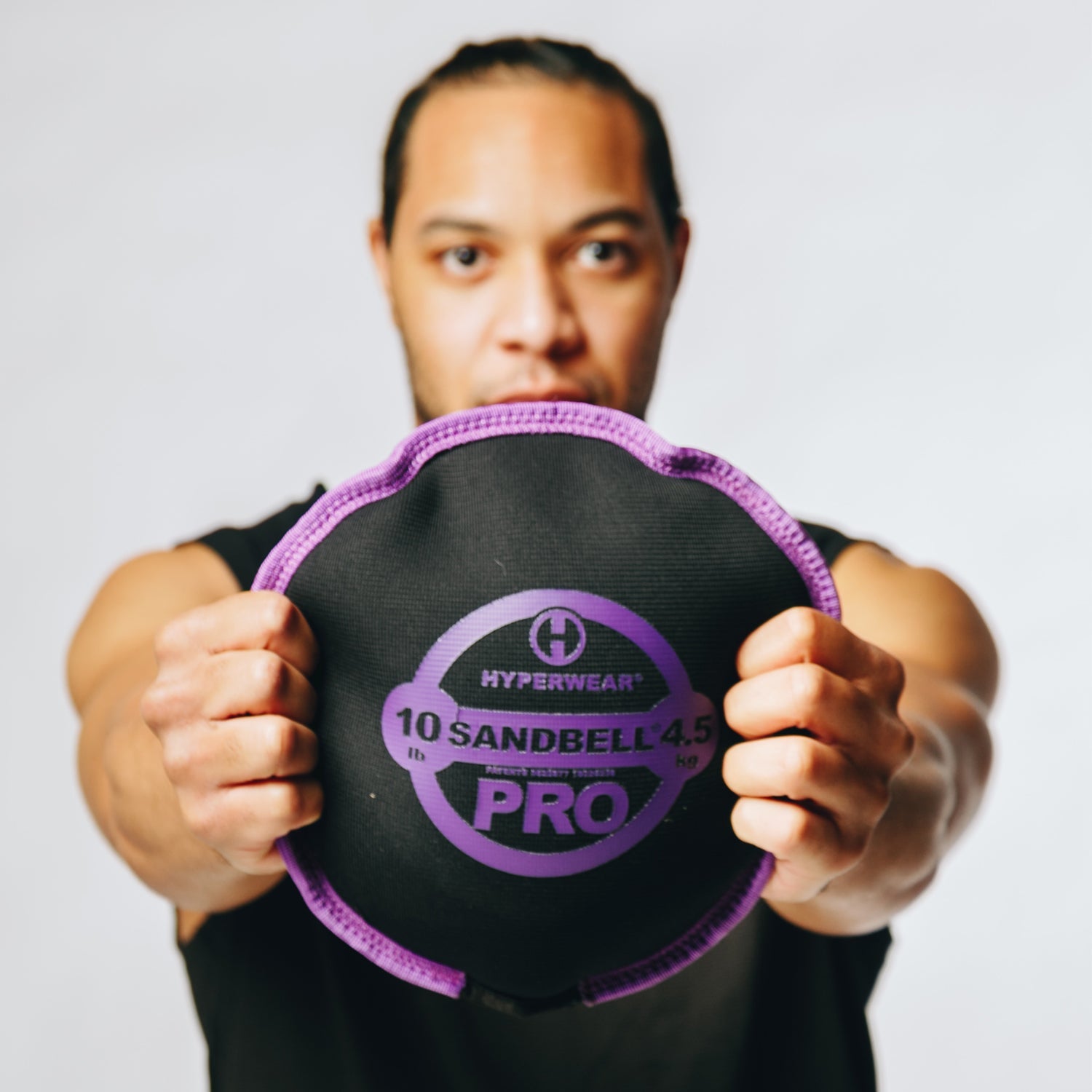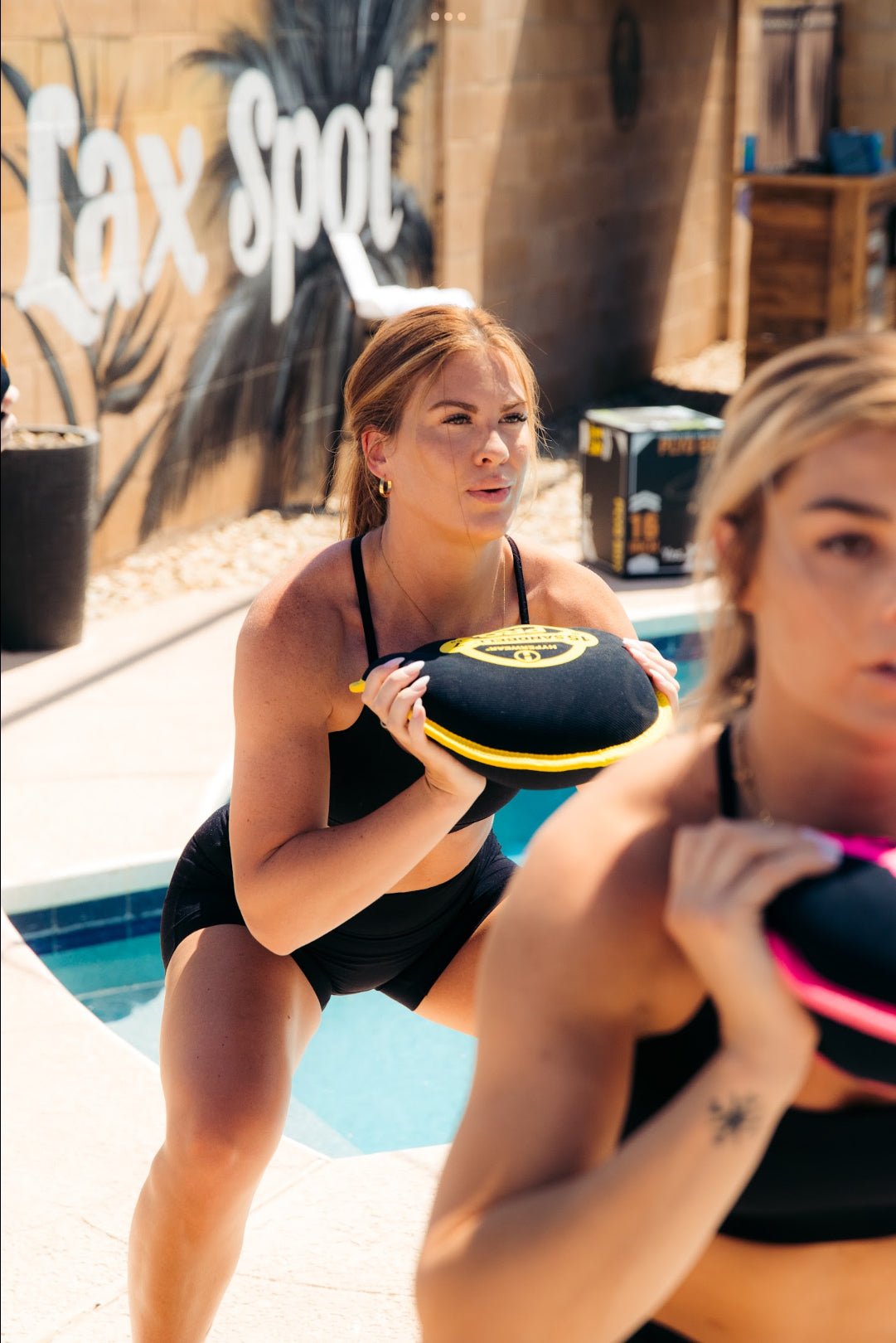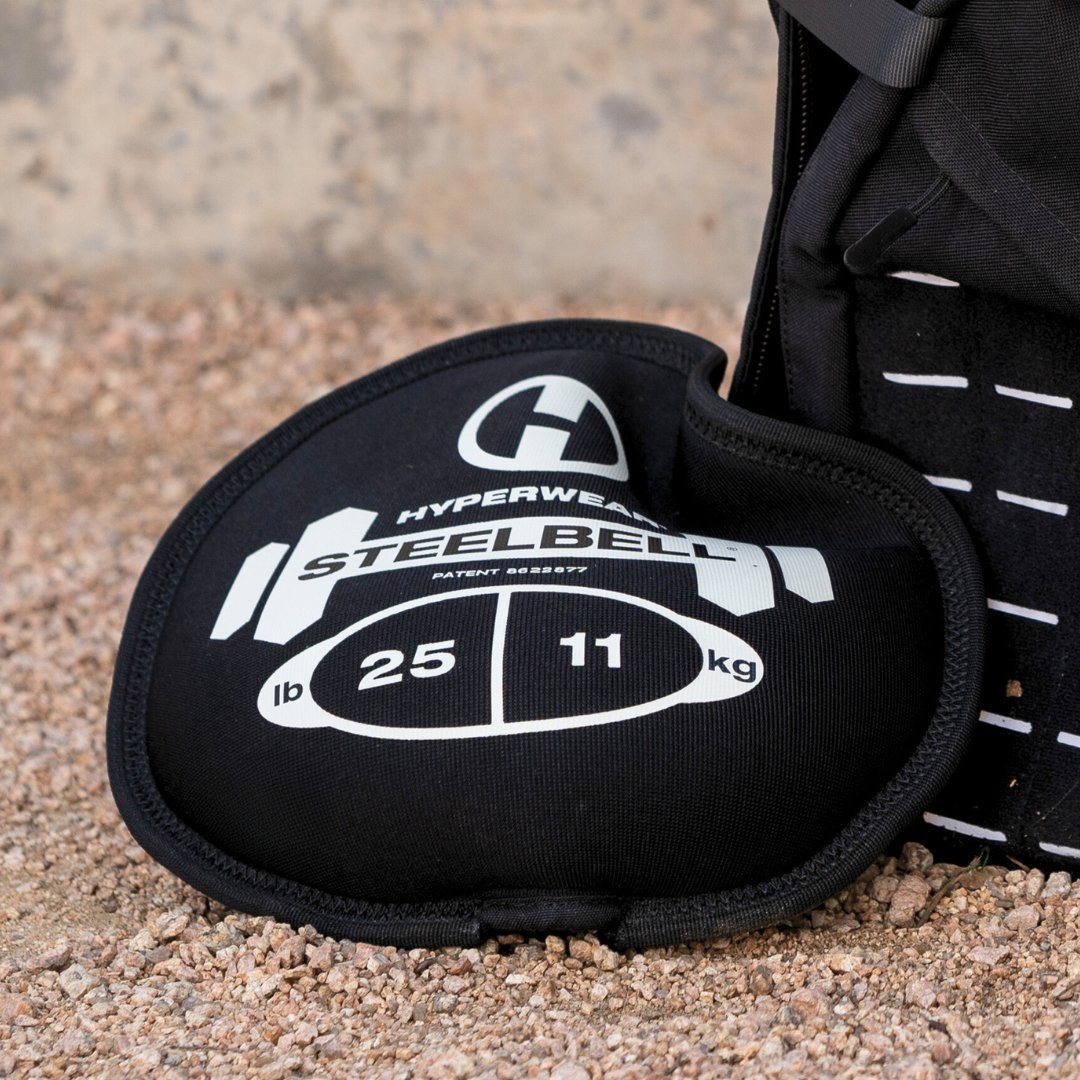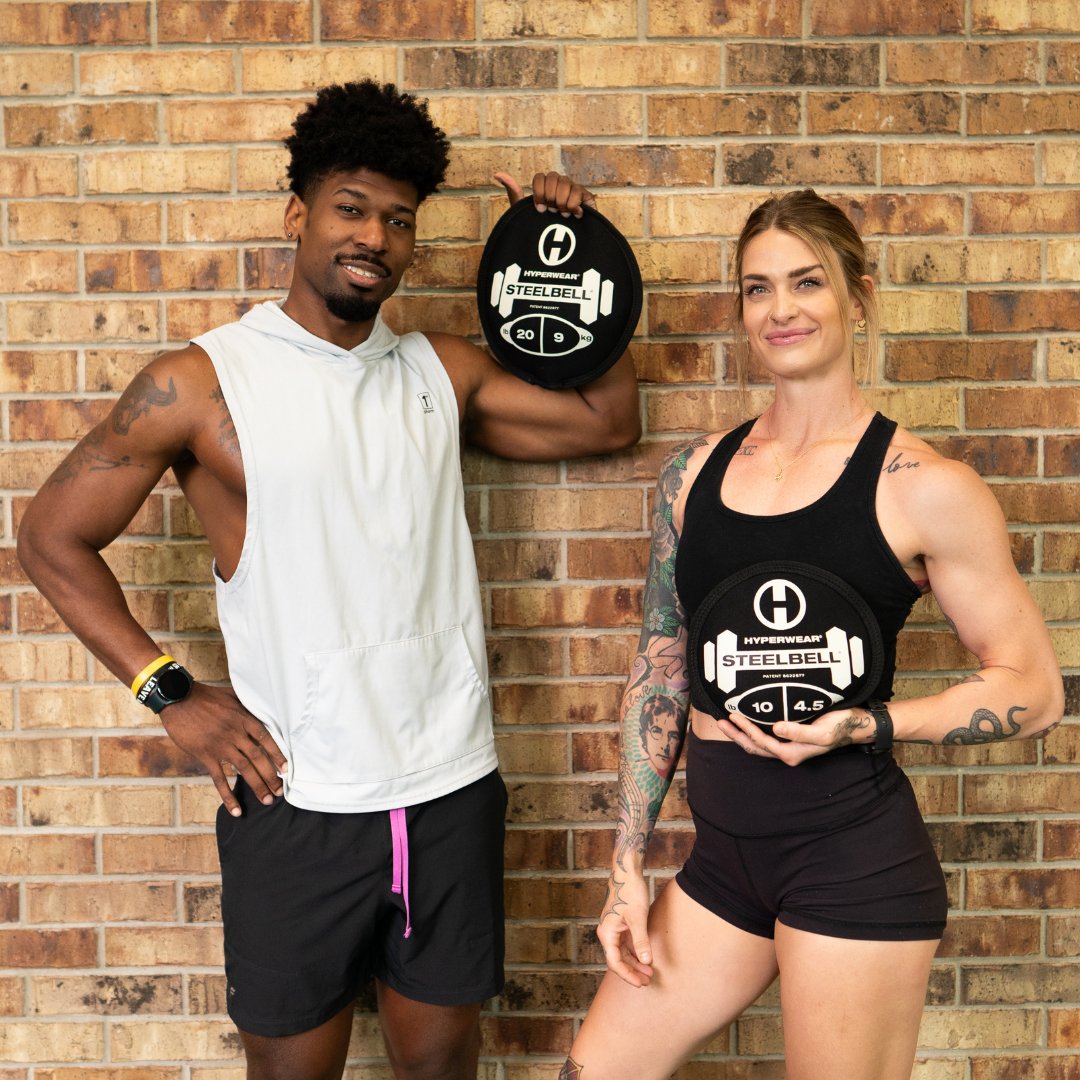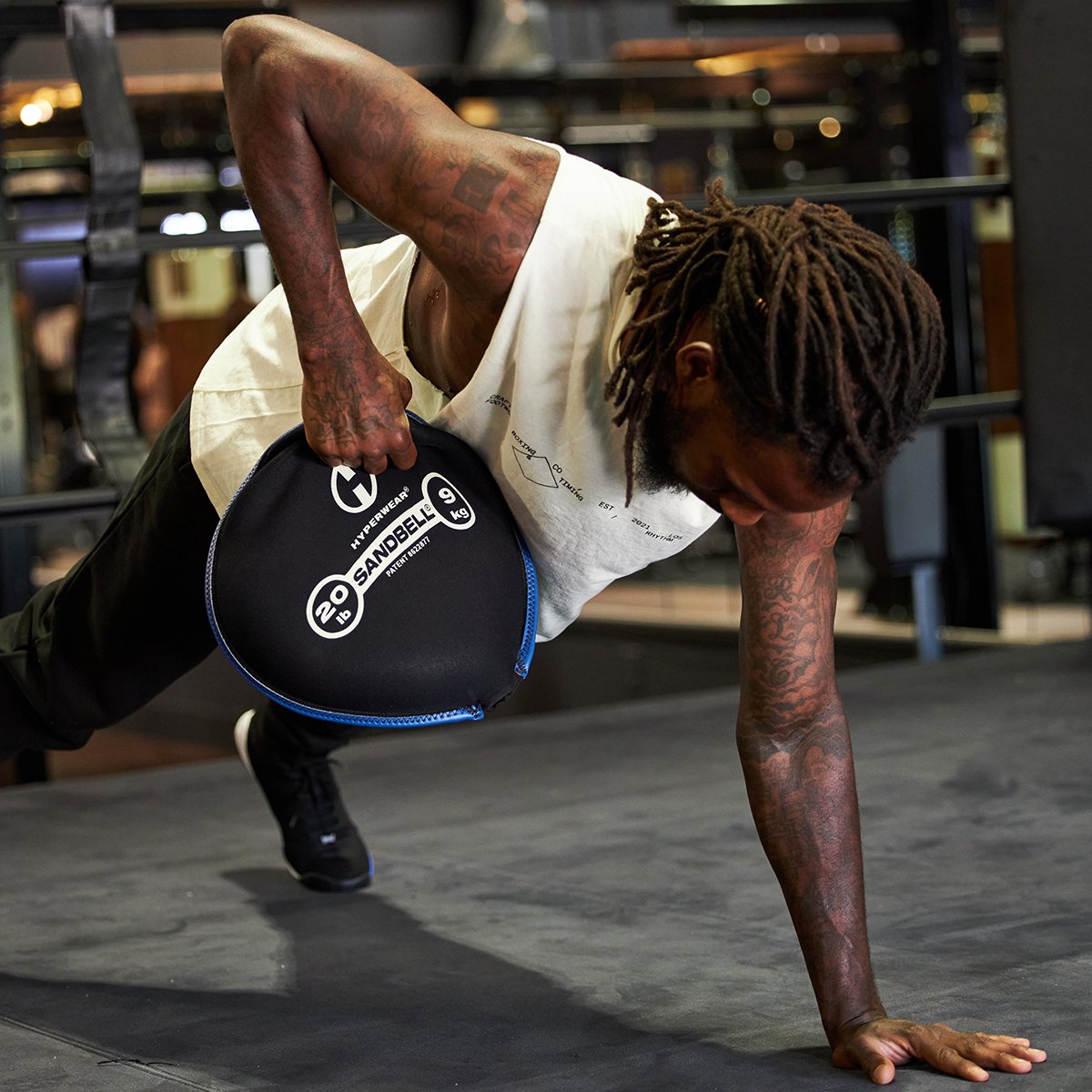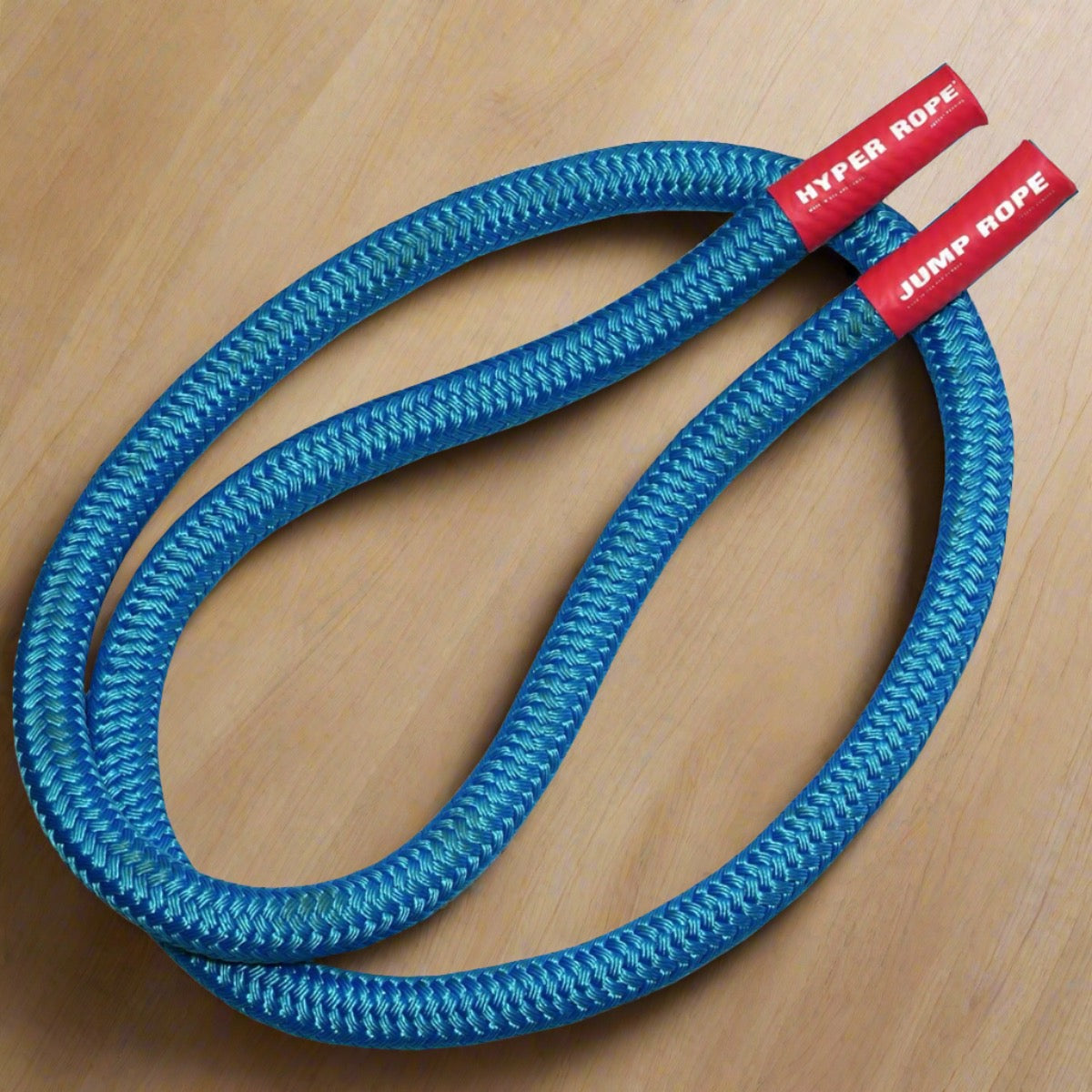Best Bone Health Exercises Using a Weight Vest
Our bodies get weaker and more frail as we age, including our skeletal system, so we're going to talk about the best bone health exercises today.
Most bodily functions peak before age 30, so after you put in 3 decades, all bets are off.
One of the biggest threats to our health as we age, is our bone health.
There's been an explosion in research investigating the impact of strength training on bone health over the last decade plus.
Let's take a look at what science has been telling us.
No Bones About It
Osteoporosis is "a medical condition in which the bones become brittle and fragile from loss of tissue, typically as a result of hormonal changes, or deficiency of calcium or vitamin D."
Let's look at 4 osteoporosis fast facts courtesy of the National Osteoporosis Foundation:
- Osteoporosis is a disease of the bone that makes a person’s bones weak and more likely to break.
Approximately 10 million Americans have osteoporosis and another 44 million have low bone density, placing them at increased risk. - 54 million Americans, half of all adults age 50 and older, are at risk of breaking a bone and should be concerned about bone health.
- One in two women and up to one in four men will break a bone in their lifetime due to osteoporosis.
For women, the incidence is greater than that of heart attack, stroke and breast cancer combined. - This means that half of all adults age 50 and older are at risk of breaking a bone and should be concerned about bone health.
Now that you can see how widespread osteoporosis is, you'll come to better understand why the best bone health exercises are so vital.

Bone Up on the Research
Here's a rundown of what researchers have been finding out about how strength training and the best bone health exercises help to stave off the effects of a weakening skeletal system.
- This study published in the journal of Osteoporosis International investigated the "...effects of differing resistance training modes on the preservation of bone mineral density in postmenopausal women." What did they find?The study concluded "...that the combined resistance training protocols were effective in improving bone mineral density (BMD) at the femoral neck and lumbar spine." Furthermore, the researchers said that the "...overall analysis suggested that resistance training significantly increased" bone mineral density.
- The Biological Research for Nursing journal published a study in 2003 looking at the bone health of women around the ages of 66-72. The women participated in a 32 week strength training program that included "...walking, stair climbing, and balance exercises while wearing weighted vests." What did they find?The women who did the weight vest training "...had significant improvements in bone density of the femoral neck and balance and a significant weight loss."
- The Journal of Gerontology released a study titled, "Long-term Exercise Using Weighted Vests Prevents Hip Bone Loss in Postmenopausal Women."What did they find?The researchers found "... that weighted vest exercise prevents bone loss in all of these regions of the hip and the effect is similar to or even exceeds that of estrogen.
- The Journal of Aging and Physical Activity shared a study in 2007 that investigated the "Effects of Exercise Training With Weighted Vests on Bone Turnover and Isokinetic Strength in Postmenopausal Women." What did they find?Their study suggested "...that bone turnover and lower extremity strength can be improved with the proper training stimulus and program duration..." Moreover, the "...study aimed at developing a program that could be used in the home or community and was composed of exercises that did not require the use of specialized machines or free weights." What was this effective, at-home training regimen that people stuck with? "The high compliance rate might have been attributable, in part, to the weighted-vest exercise-training paradigm."
- In 2015, the Journal of Orthopaedic and Sports Physical Therapy published "Exercises Including Weight Vests and a Patient Education Program for Women With Osteopenia." What did they find?"The use of a weight vest in addition to a patient education program...led to significant improvements in lower extremity function and femoral trochanter BMD."
- Finally, in 2000, the University of Arizona conducted the "Bone, Estrogen, Strength Training (BEST) Study." What did they find?"The BEST study results conclude that the most effective prevention program for osteoporosis is a combination of weight-bearing and weight-lifting exercise..."
If by some stretch of the imagination, you're still not convinced about weight vest research, jump over here to read another blog of ours.

Strength Training and the Best Bone Health Exercises
According to Harvard, we lose "...bone mass, at the rate of 1% per year after age 40..." and the best way to ward off the effects is sticking to a strength training program.
We all know that building and maintaining muscle mass and muscle strength does all kinds of great things for our health. But a lot of us don't realize that strong muscles also lead to strong bones.
Putting bones under stress pushes out extra calcium deposits and kicks bone-forming cells into gear. When you're strength training, all that pushing and pulling that goes on offers the stress, that leads to both denser and stronger bones.
Harvard advises that higher-impact training has more impact on bone health than lower impact types of workouts, like aerobics.
You can follow an aerobic program that turns up the speed, like jogging or running. This will also strengthen bones, but only relative to some type of more leisurely activity. Also, by limiting yourself to programs that focus on lower-body training, you'll only strengthen your leg and hip bones.
Whereas, "...a well-rounded strength training program that works out all the major muscle groups can benefit practically all of your bones." Undertaking a strength training program, that incorporates the best bone health exercises, provides benefits far beyond those gained doing aerobic, weight-bearing training.
Combining strength training with the best bone health exercises covers a broader range of the skeletal system. This includes the spine, wrists, and hips, which are some of the likeliest fracture locations. As a bonus, the balance and power required by a strength training/resistance program, leads to increased stability and strength.
Speaking of stability, a BMJ study showed that strength training cut falls leading to fractures by a 60% clip.
2 of the Key Components of Strength Training for Bone Health
Harvard notes 4 key components to a osteoporosis-focused, strength training program. They suggest you include balance training, flexibility training and:
- "Weight-bearing exercises force your body to work against gravity, which helps to strengthen bones. Examples include walking, climbing stairs, playing tennis, and dancing. Higher-impact activities strengthen bone more than lower-impact exercises, but only do what your fitness level allows."
- "Muscle-strengthening exercises use weights or your body's own resistance to work against gravity. Examples include lifting free weights, using a weight machine, working with resistance bands, and lifting your own body weight. Do these types of exercises at least twice a week."
Now that you know how spinach is to Popeye, as strength training is to bone health, there's only 1 thing left to do- get to work!

The Best Bone Health Exercises You can do Anywhere
The best recommendation to improve bone health and prevent osteoporosis and broken bones comes includes to 2 vital things.
You need to get sufficient calcium and vitamin D every day. You also need to maintain a regular, ongoing strength training program.
Eight months of three, 1 hour sessions a week, comprised of walking, stability exercises and stair climbing while wearing a weight vest has been shown to be effective.
Obviously, you can't just stop after 32 weeks, otherwise, you'll lose everything you gained. You need to continuously protect your bones and guard your health by sticking with a strength training regimen.
A common rule of thumb is to start working with a weight vest that's 10% of your body weight. Of course, you can try using more after you build your strength.
Consult your physician and/or trainer before you start a strength training program.
After warming up for 10-15 minutes, you'll want to be sure to include some combination of the following movements. Doing these will improve balance, strength and core stability.
Lower body strength training
• Squats (FIGURE 1A)
• Squats with lifting the heel (FIGURE 1B)
• Forward lunges (FIGURE 1C)
• Step-up/step-down (FIGURE 1D)
• Squats with weight vest (FIGURE 1E)
• Forward lunges with weight vest (FIGURE 1F)

You can also try some of these:

If you prefer to watch and learn, watch this osteoporosis exercise video courtesy of Margaret Martin.
No Bone of Contention
There's absolutely no doubt that strength training, when combined with weight vest workouts, does wonders for your general and bone health.
If you want to learn more about our Hyper Vest Elite, come on over here and have a look.
We're interested to hear about you best bone health exercises with a weight vest. Please share.
Thanks again for checking us out and reading our blog.
Stay awesome and have a great day!
